As autumn winds down and old man winter makes his entrance, now’s the perfect time to tackle the topic of fall and winter fabrics.
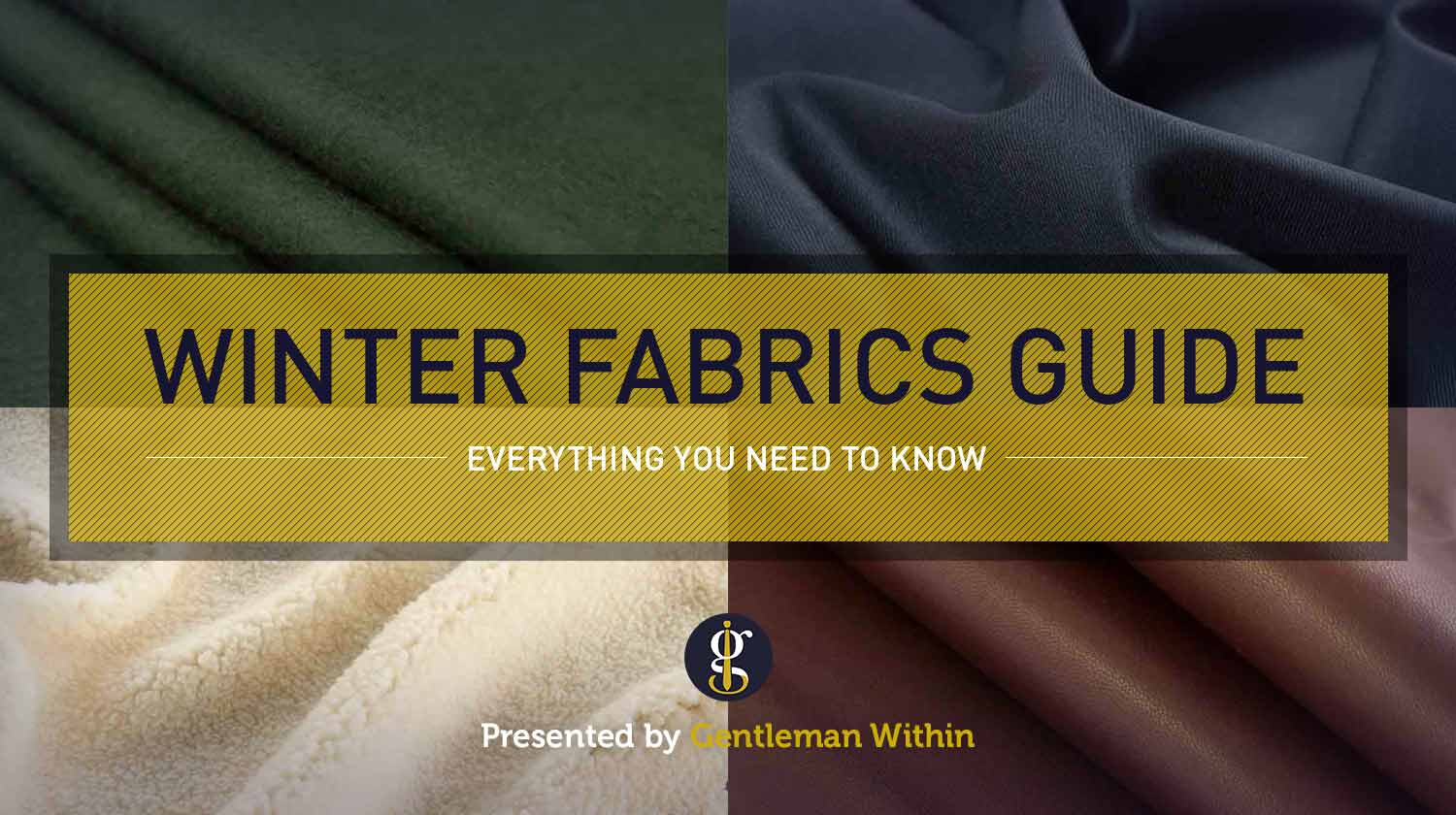
While you may have a firm grasp on the principles of color theory or advanced layering techniques, how much do you really know about the materials that make up your cold weather clothing and outerwear?
And so, without further ado, here is a comprehensive guide breaking down the best fabrics and materials to wear that will keep you warm and comfortable during winter’s worst.
BEST COLD WEATHER FABRICS
Here’s a breakdown of some of the best cold weather fabrics that you’ll want to know about.
1. WOOL
Wool is first up on this list of fall and winter fabrics and for good reason. It’s an integral insulator that helps to keep you warm in cooler and colder climates. For many of the reasons below, wool is one of my go-to winter fabrics to wear.
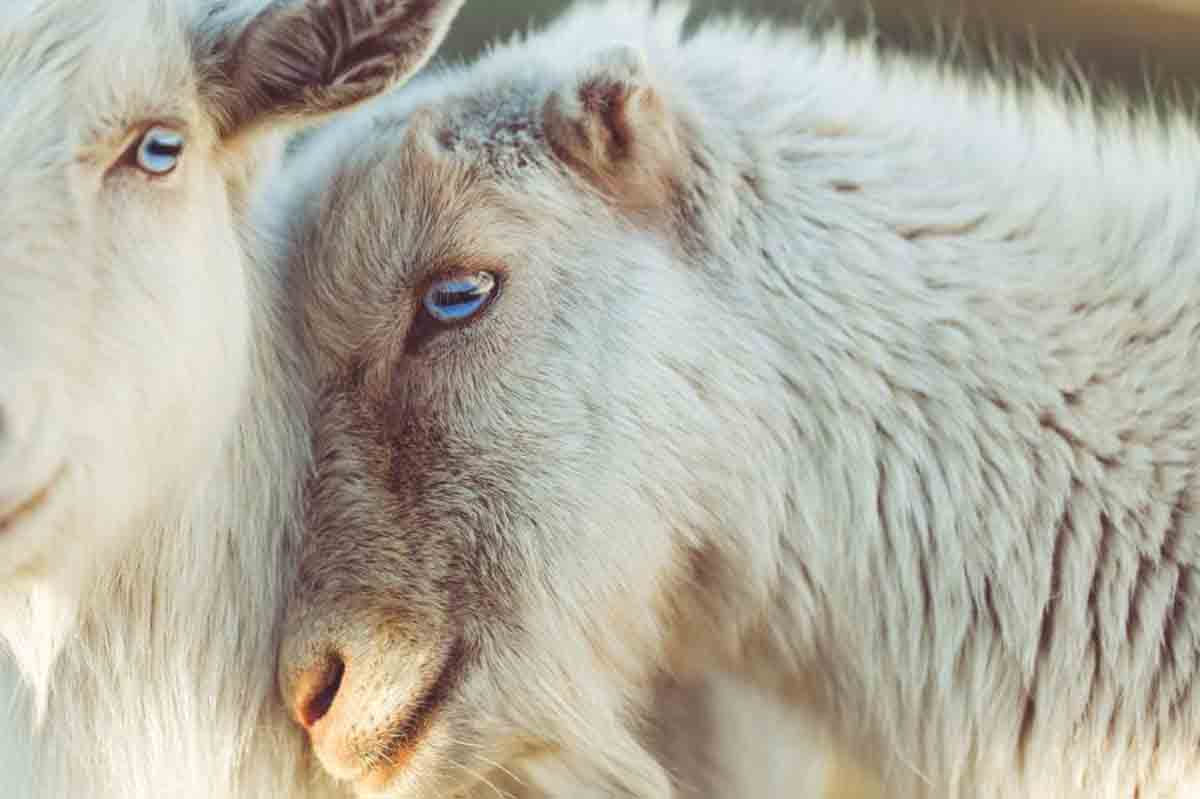 Wool is the textile fiber obtained from sheep.
Wool is the textile fiber obtained from sheep.
Why Wear Wool?
Here are a handful of reasons why wool is perhaps the worthiest fall and winter wardrobe fabric.
1. Insulating
Wool is one of nature’s best insulators. Sheep’s wool fibers are composed of protein molecules called keratins that makes it extremely effective at trapping air and moisture to help keep you warm in the winter, but also cool in the summer.
Additionally, wool is moisture absorbing and so it can collect up to 40% of its weight in moisture and still remain dry which can help to regulate your body temperature and keep you comfortable. It’s both wool’s warmth and ability to perform while wet that makes it such a fine cold weather fabric.
2. Durable
Wool is a lightweight, yet strong fabric that’s durable and long lasting. In fact wool fibers have a natural elasticity that can withstand being bent 20,000 times without breaking, a much higher count than cotton (3,000), silk (2,000) and rayon/viscose (75).
This allows for wool to yield a longer life than other types of fibers. On top of that, wool is also flame resistant as well as water repellent which makes it a viable option for home insulation.
3. Antibacterial and Anti-Microbial
Wool fibers contain a thin waxy coating that inhibits the growth of mold and bacteria. In fact, wool products don’t need to be washed nearly as much as other types of fibers (especially synthetics).
Additionally, wool doesn’t require much maintenance. Cleaning wool is easy, especially when removing stains. This is due to the series of overlapping scales and air pockets which prevent dirt or liquids to penetrate the fabric.
4. Hypoallergenic
Since wool is resistant to bacteria like mold, mildew, and dust mites it makes for a fantastic fabric for those who have allergies.
5. Sustainable
Since wool is a natural product and completely renewable, it makes for an incredibly eco-friendly fabric. Additionally, wool is 100% biodegradable and compostable.
This makes raw wool an ideal fabric for those who care about the environment. Brands like Patagonia and Outerknown take this seriously.
6. Stylish
From mohair to flannel and corduroy to tweed, wool has some of the most stylish fabrics around.
Wool is great for both casual and formal cold weather gear, including overshirts, sweater knits, suiting and coats. Furthermore, it’s pretty good at resisting wrinkles and so wool can make for a put together and refined look.
 Related: You might like this guide to the Best Winter Jackets for men.
Related: You might like this guide to the Best Winter Jackets for men.
Types of Wool Fabric
Here’s a quick rundown on the different types of wool fabrics, many of which you’ve probably heard of.
Merino Wool
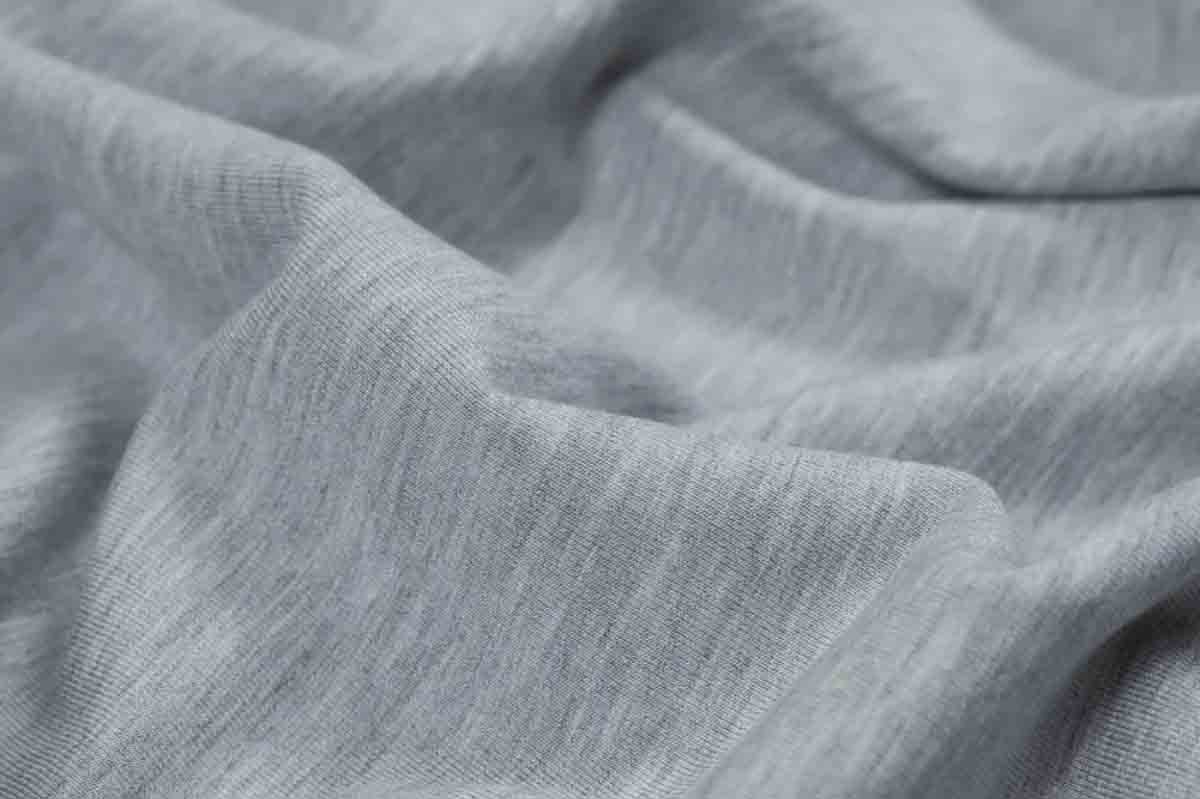
Merino sheep have the finest and softest wool, so naturally merino wool is also quite soft to the touch. If you’ve felt merino wool then you know how luxurious it feels. Similar in feeling and appearance to cashmere, merino wool can be a fantastic base layer or mid-layer.
You’ll often find turtleneck sweaters (rollneck for the UK) made with merino wool. And I’ve found that merino wool socks are incredibly warm and comfortable. A downside of merino is that it can be itchy, especially around the neck if you’re wearing a rollneck.
 It’s hard to beat equal parts comfort and style.
It’s hard to beat equal parts comfort and style.
A current favorite of mine is Everlane’s felted merino hoodie and sweater polo made with 100% merino wool. The hoodie is fantastic for keeping it casual, while the cardigan dresses things up a little.
Lambswool
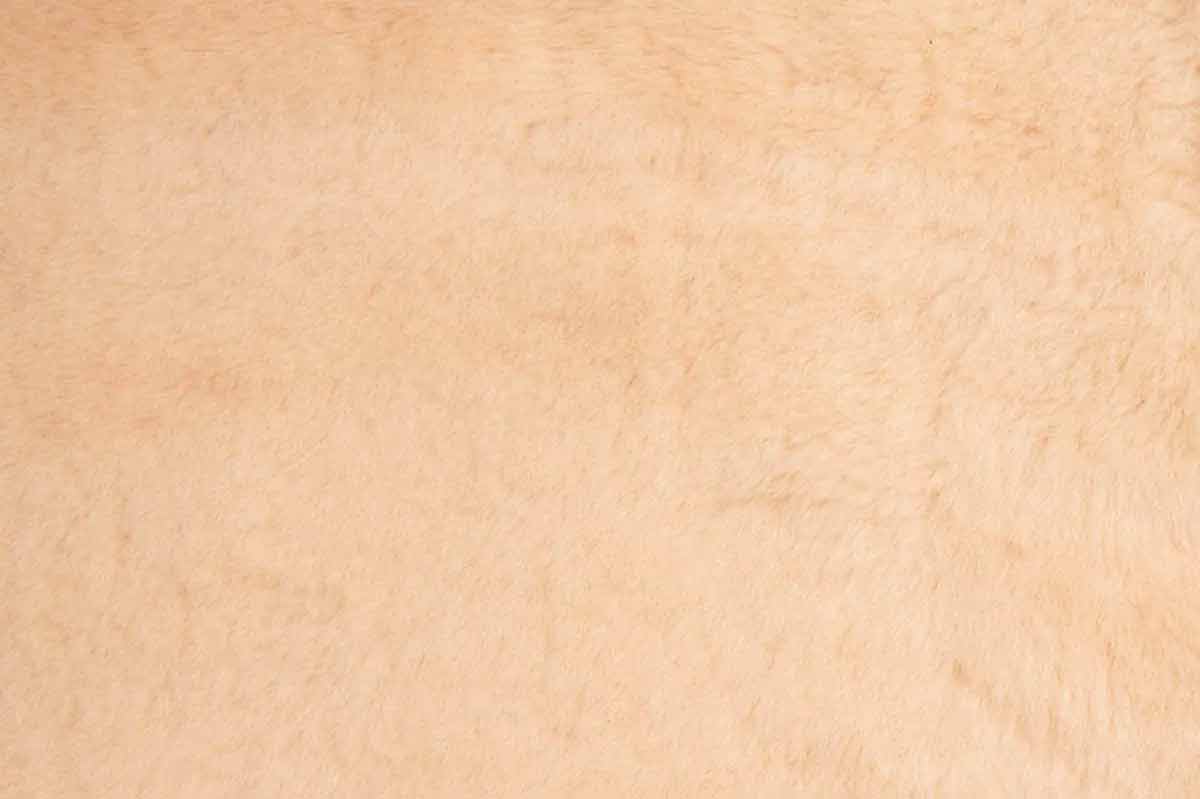
Lambswool as its name suggests is essentially wool from lambs (young sheep). Unlike merino wool, lambswool is generally less itchy because it’s sourced from younger sheeps’ first shearing which makes it super soft to the touch.
Lambswool and its rugged texture is often found in knitwear like sweaters and accessories like hats, scarves and mittens. It’s breathable and an ideal insulator as mentioned before.
Flannel
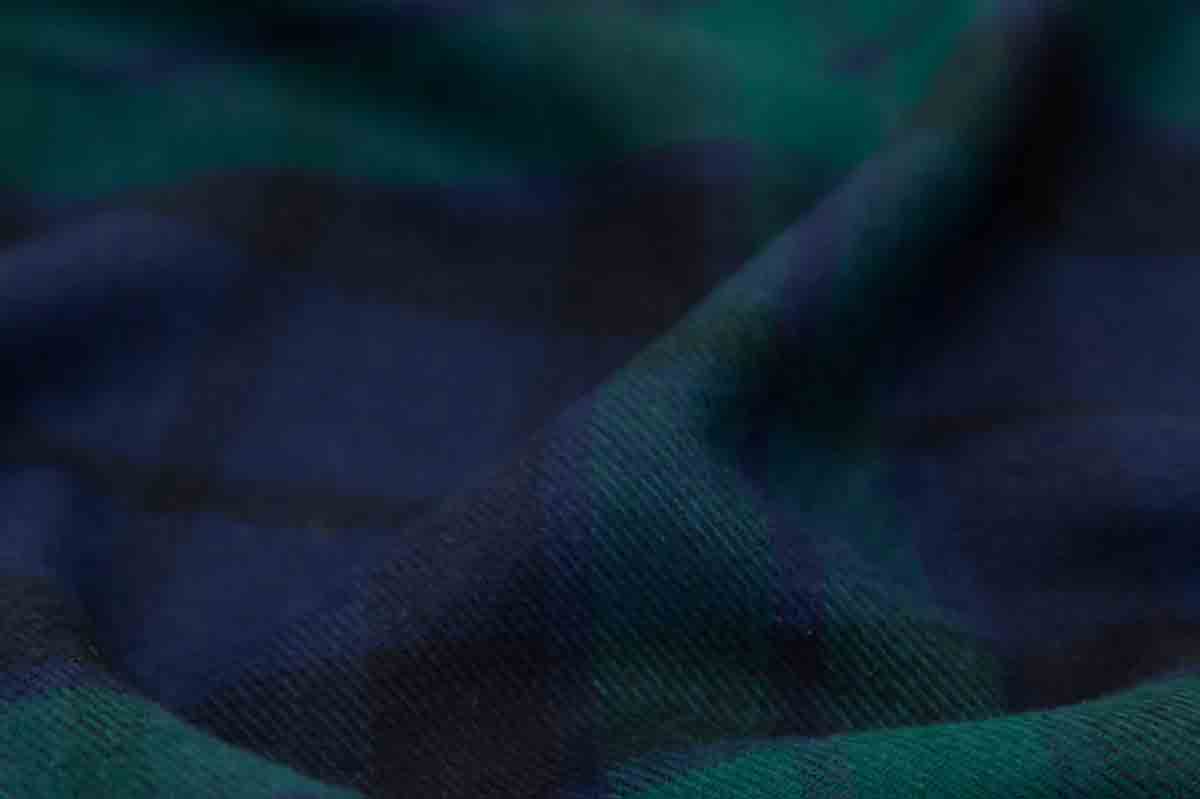
Most men are familiar with the flannel shirt style. Plaid flannel or checked flannel (like a lumberjack) are two very common patterns found on men’s and women’s flannel shirts. Something about a flannel shirt gives off an outdoorsy (let’s go for a hike) feeling.
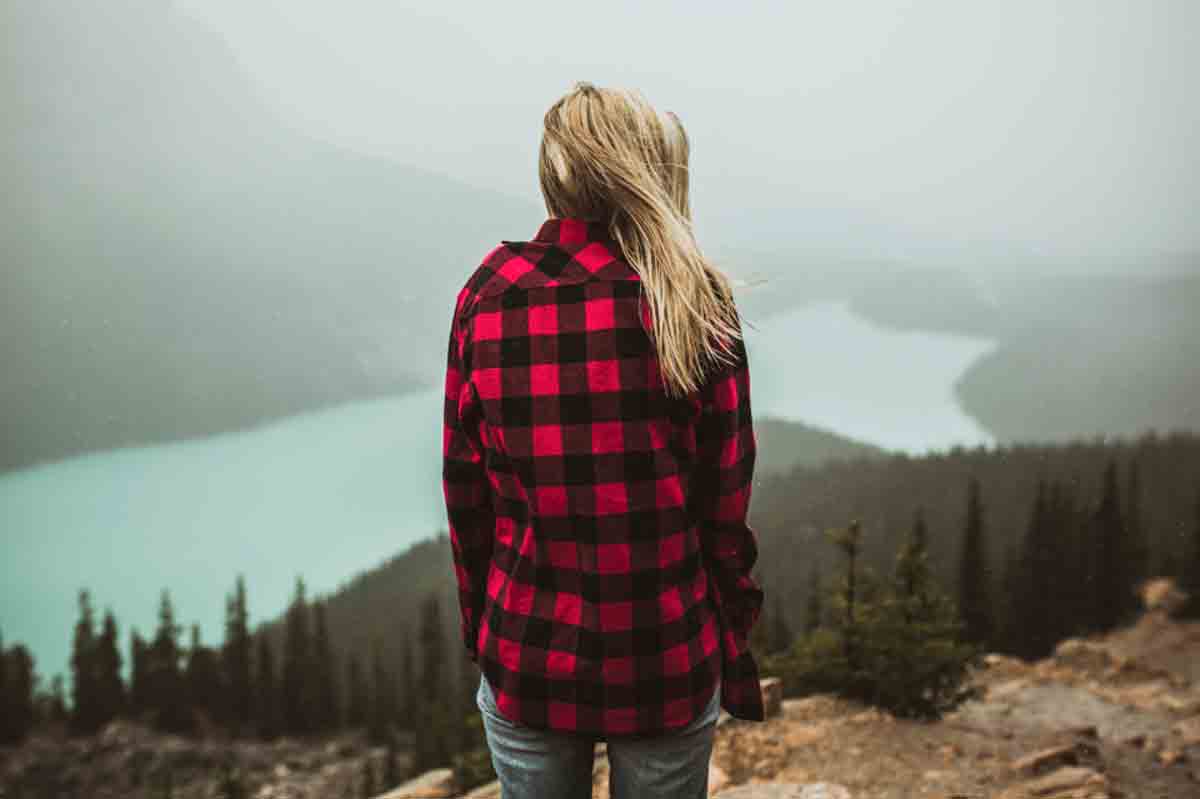 The all too common red and black check lumberjack shirt.
The all too common red and black check lumberjack shirt.
A little bit about flannel, it holds heat well and is a fantastic insulator, while still breathable enough to wick moisture. Furthermore, flannel fabrics are napped to create its soft brushed texture that we’re familiar with.
While flannel is traditionally made from wool, now you can find flannel with synthetic yarns as well.
Tweed
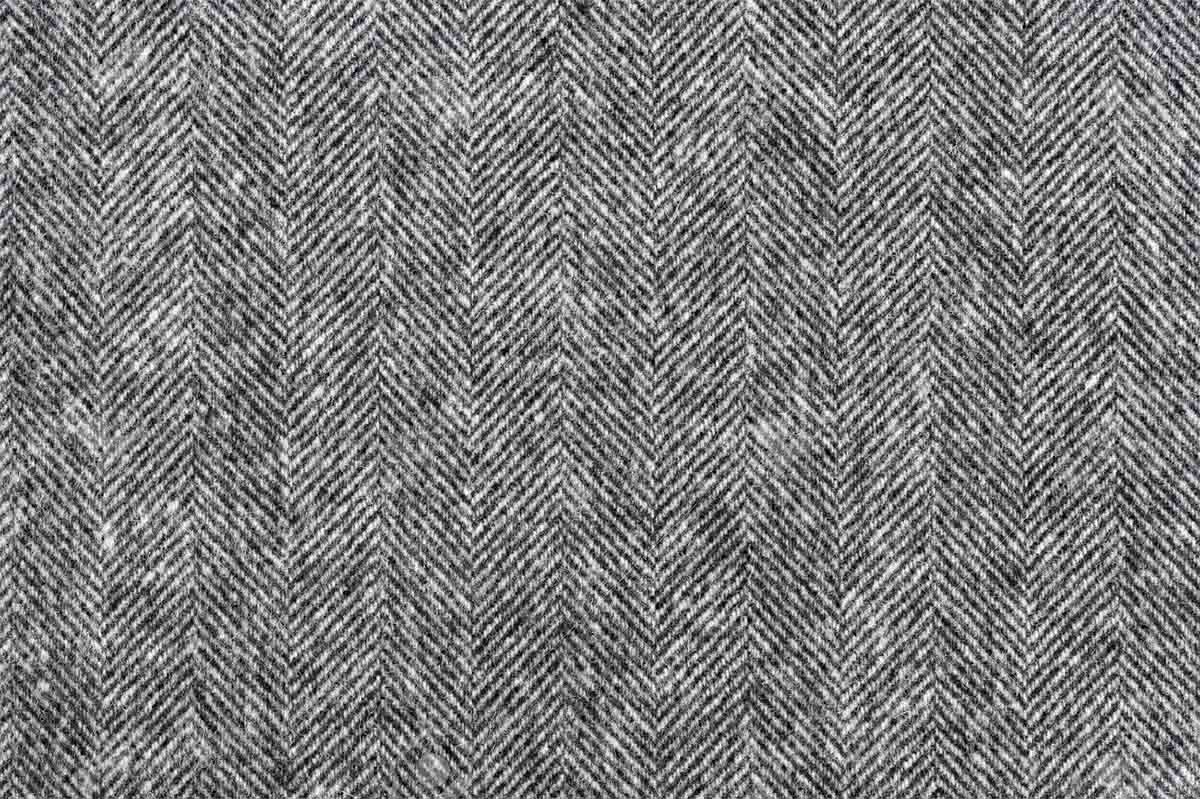
Tweed is a fabric that can give off unwanted professorial vibes, but this Brit-centric textile can be stylish as they come. Just like flannel, tweed is one of those quintessential fall fabrics.
Tweed is a natural fiber with a rough, open weave. It’s a warm fabric that’s thick and stiff. You’ll often find many fall/winter suit collections anchored by the popular fabric.
Harris tweed is widely known and actually legally protected by the Harris Tweed Act of 1993. Other types of tweed include, donegal tweed, herringbone tweed, shetland tweed, and barleycorn tweed.
Worsted Wool
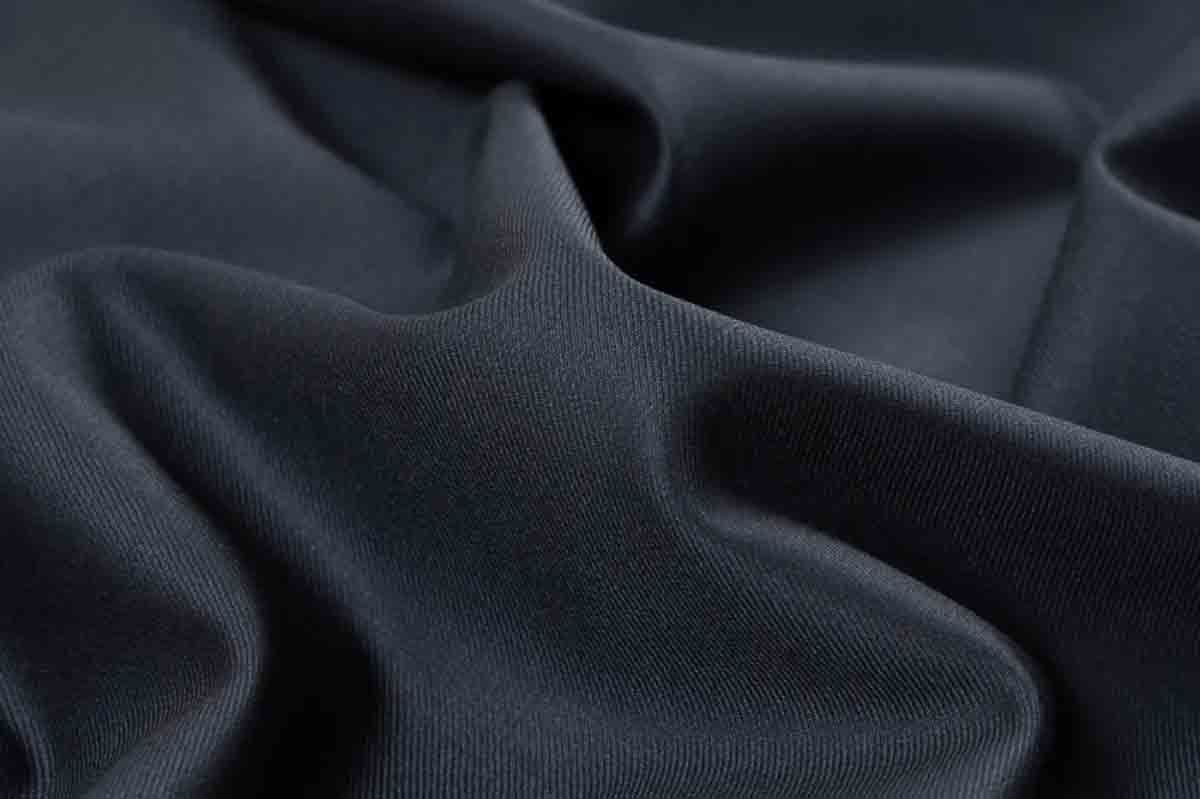
When I started shopping for suits online, worsted wool was a term that I often came across. Worsted wool suits are visibly smooth and fine and thus more formal than suits with woolen finishes.
While worsted wool is resilient and isn’t prone to wrinkles, though it’s not as insulating as some of the other types of wool in this guide.
Shearling
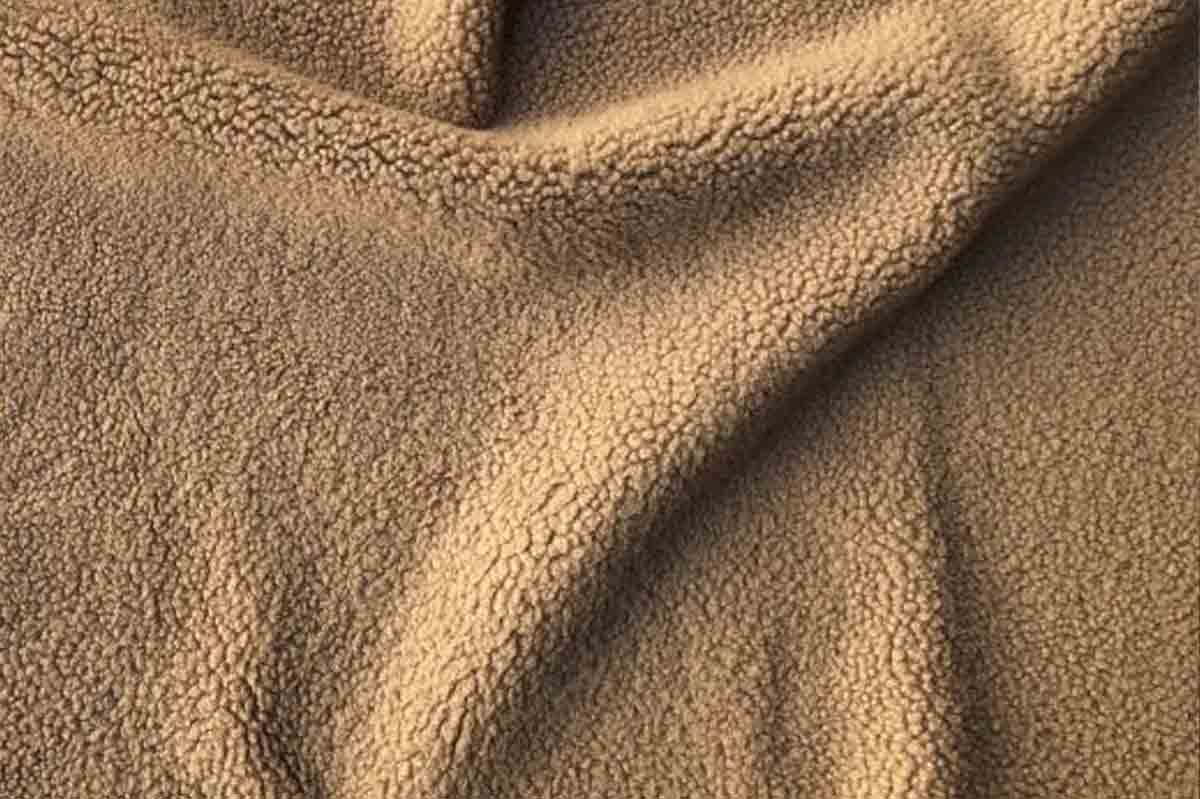

Aziz Ansari style.
Shearling is another one of those go-to winter fabrics for the stylish. You’ll often see bomber or leather jackets‘ collars lined with shearling. Essentially a shearling comes from a yearling sheep (1-2 years) that has been shorn once. Shearling products are made from the skin and coat of a sheep or lamb.
The synthetic alternative to shearling is called sherpa or faux shearling. Sherpa is made from polyester, acrylic or cotton and resembles the wool-lined clothes worn by the Sherpa people of Nepal. The brand Sherpa Adventure Gear makes some super sherpa products with a good cause.
Both shearling and sherpa are some of the warmest winter fabrics around.
Mohair
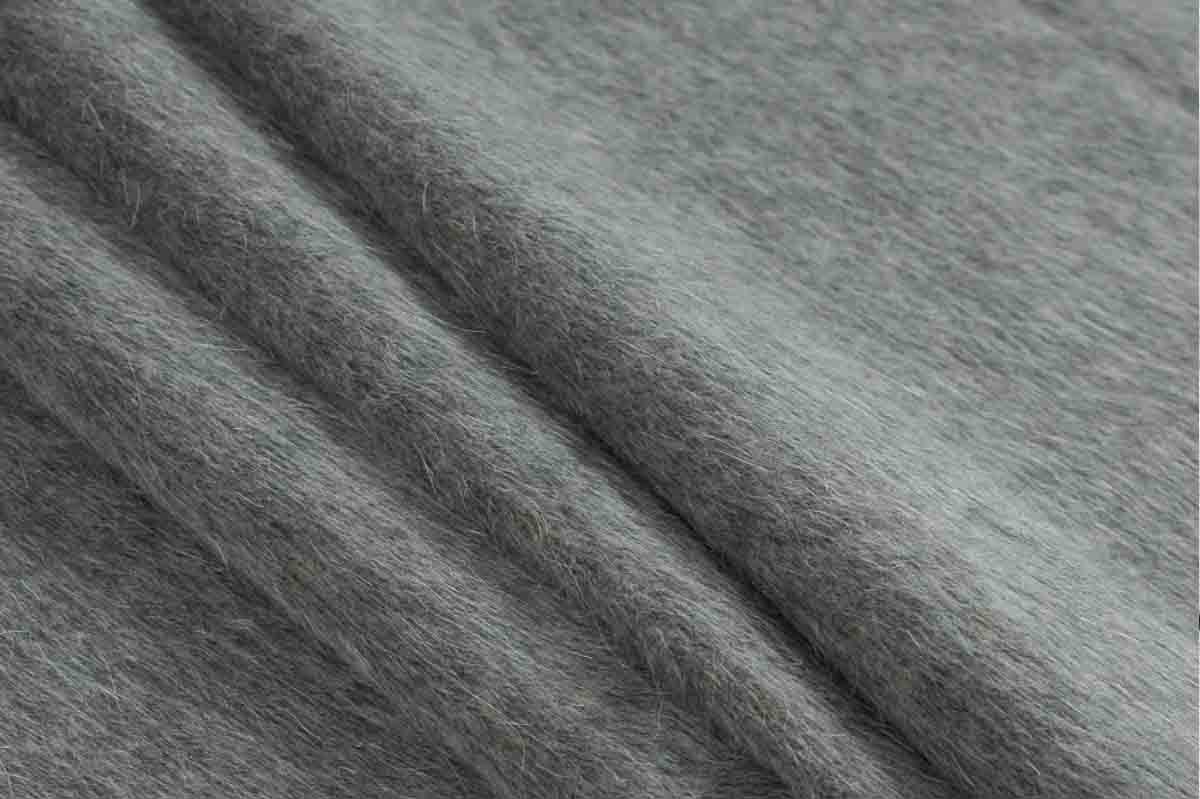
Mohair is from the wool of the Angora goat. It’s exceptionally soft, durable and warm. It has a distinct, frizzy look with stiff short hairs that are often visible.
Suits that are made with mohair aren’t easy to find. More often than not you’ll have to go custom and even so, it’ll be pricey because Angora goats are actually farmed at a smaller scale than sheep.
Cashmere
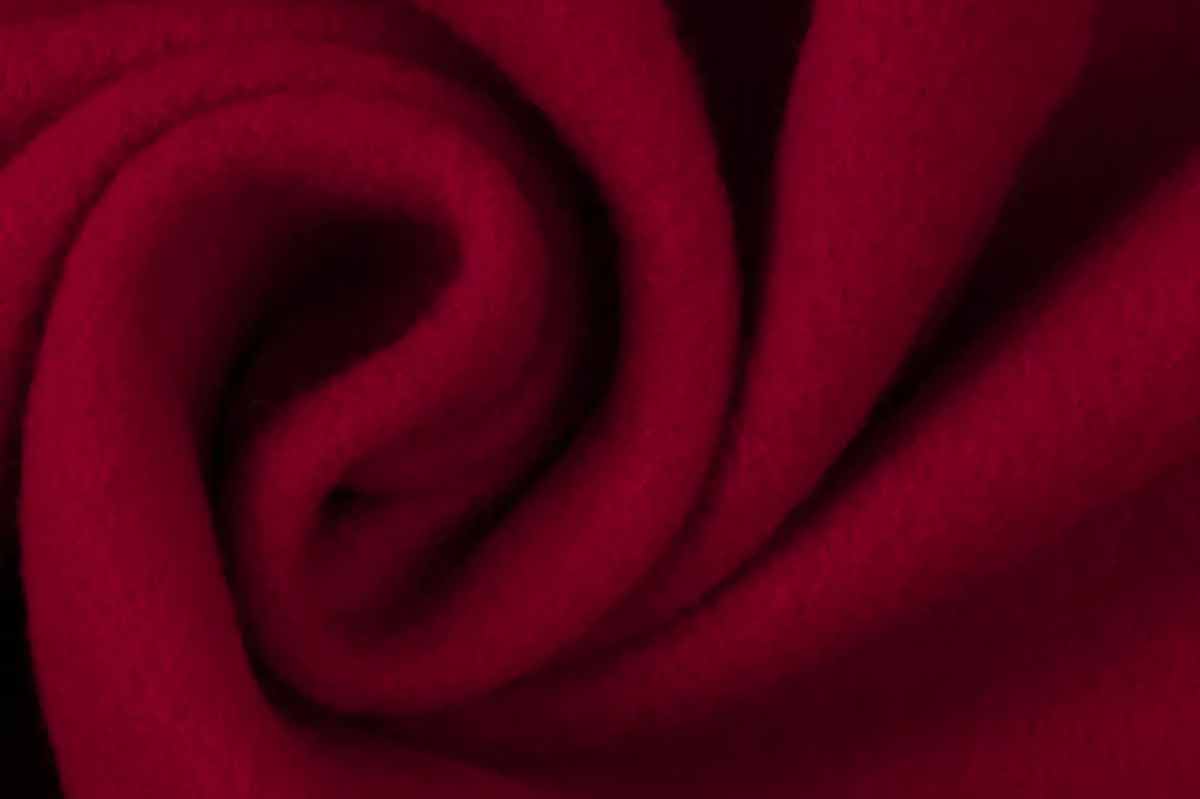
We’ve all heard of cashmere. And we all know that it isn’t cheap. A defining trait of luxurious cashmere is that it is really soft, mainly because its nap is raised on the wool when finished onto clothing like sweaters and accessories.
 GET THE LOOK — Performance Suit: Bluffworks | Dalton Dress Boots: Allen Edmonds | Cashmere Wool Blend Topcoat: Michael Kors | White Dress Shirt: Amazon Essentials
GET THE LOOK — Performance Suit: Bluffworks | Dalton Dress Boots: Allen Edmonds | Cashmere Wool Blend Topcoat: Michael Kors | White Dress Shirt: Amazon Essentials
Cashmere comes from the undercoat of the cashmere goat. You have to be careful with cashmere because it’s not the most durable fabric and it’s difficult to maintain. It’s more delicate than sheep’s wool due to its ultra-fine fibers.
I really like the ReCashmere line from Everlane. The crew and v-neck sweaters feature casual, raglan sleeves, ribbed collar, cuffs and hem. And it’s made with 60% Recycled cashmere, 40% Non-mulesed, extra-fine merino wool all for under $100, not bad at all.
Angora
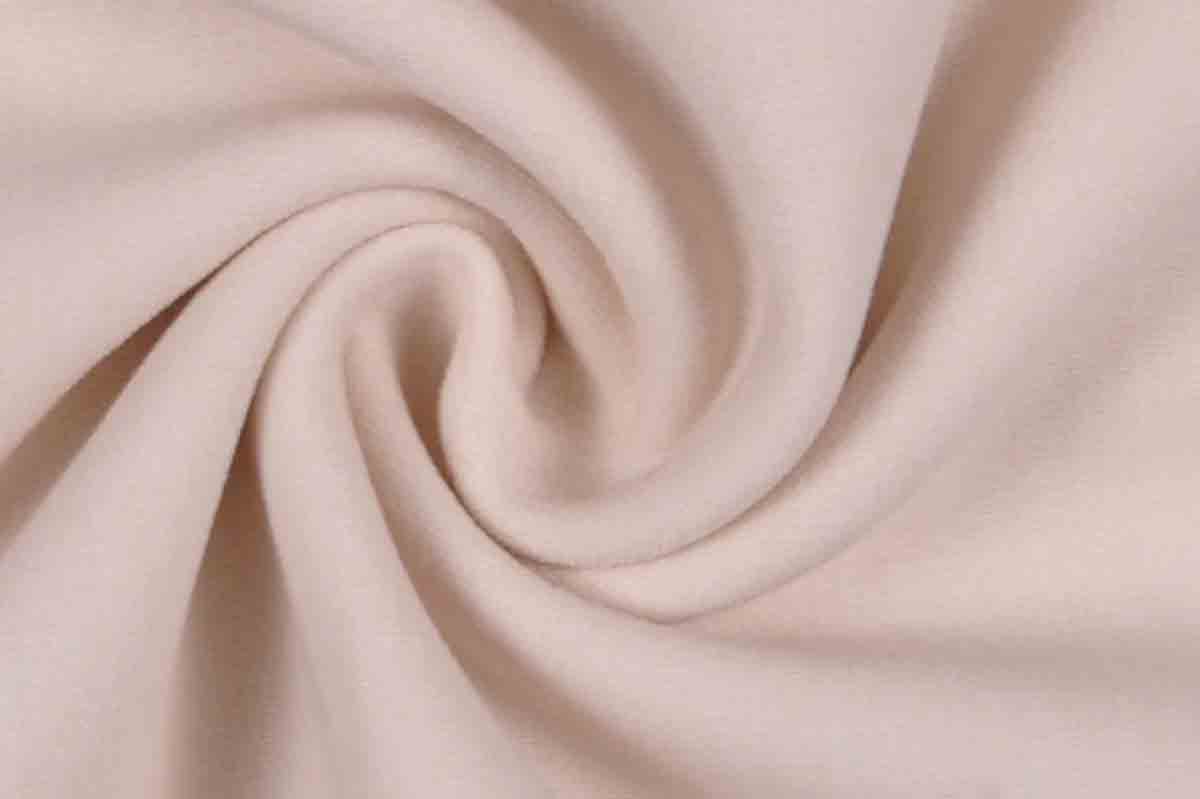
The Angora rabbit’s undercoat provides the extremely fine fibers of angora, the softest and finest of all the wool fibers. Angora’s softness is also its weakness. Because it’s so soft, it’s not very resilient and is a reason why angora is often blended with other stronger materials to give it more structure.
Alpaca
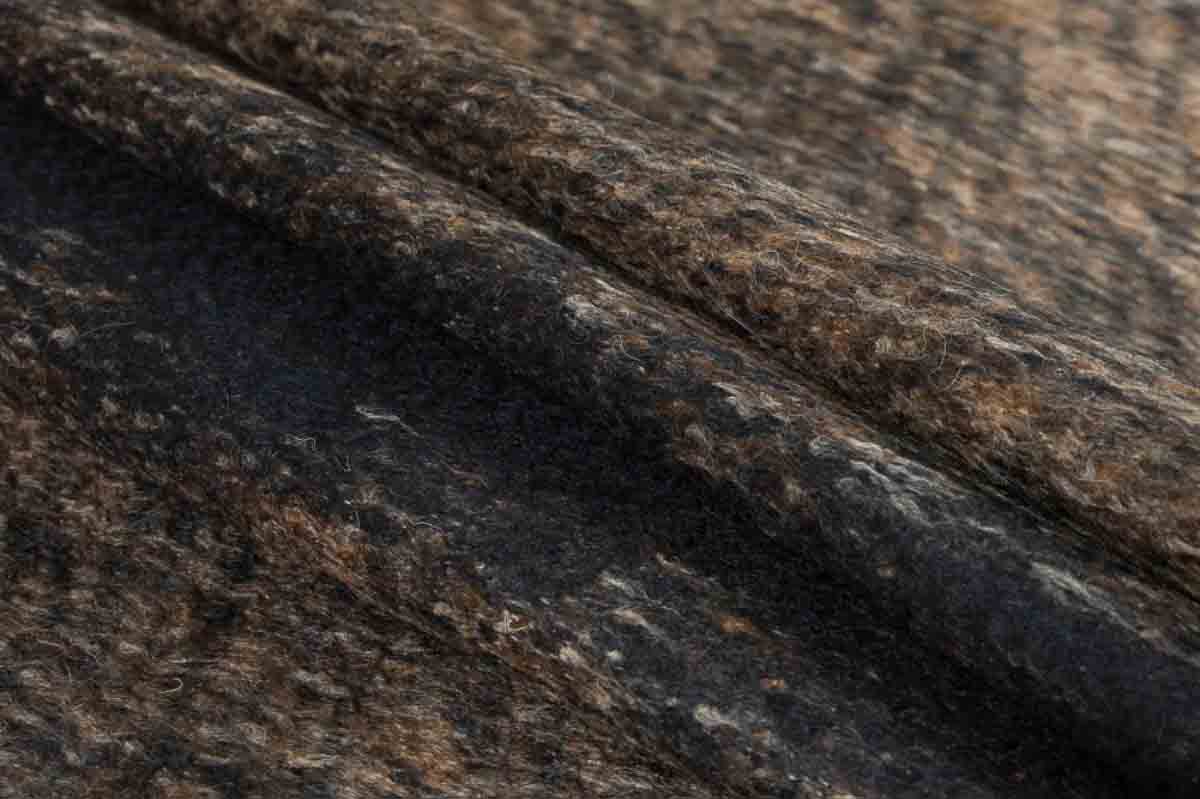
Alpaca wool comes from the Alpaca, the furry animal native to South America. In clothing textiles, Alpaca wool is a bit stiffer than merino or cashmere and so it is often blended with other wools like merino to improve its drape.
Just like cashmere and angora, alpaca knitwear is very fine and soft and one of the most expensive types of wool. The wool from Alpacas are naturally hypoallergenic which makes it a fine choice of clothing fabric.
Downsides of Wool
There aren’t many, but wool isn’t as resilient as synthetic fibers when it comes to fending off the moths. Also, wool can lose about a quarter of its strength when wet.
A big downside is the treatment of sheep in during the shearing process. Sure there are farmers who are better than others, but it’s almost a certainty that animals do get harmed when turning sheepskin into woolen clothing.
2. FAUX FUR
Back to top ^
Some people enjoy wearing furs, especially in the winter time. According to hip-hop mogul and businessman Jay-Z, he’s “cut from a different cloth, [his] texture is the best fur, chinchilla.” Of course faux fur is the artificial version of real furs like chinchilla.
Fur is fluffy, warm and considered a sign of elegance or extravagance. The problem with real fur, though is that an animal loses its coat.
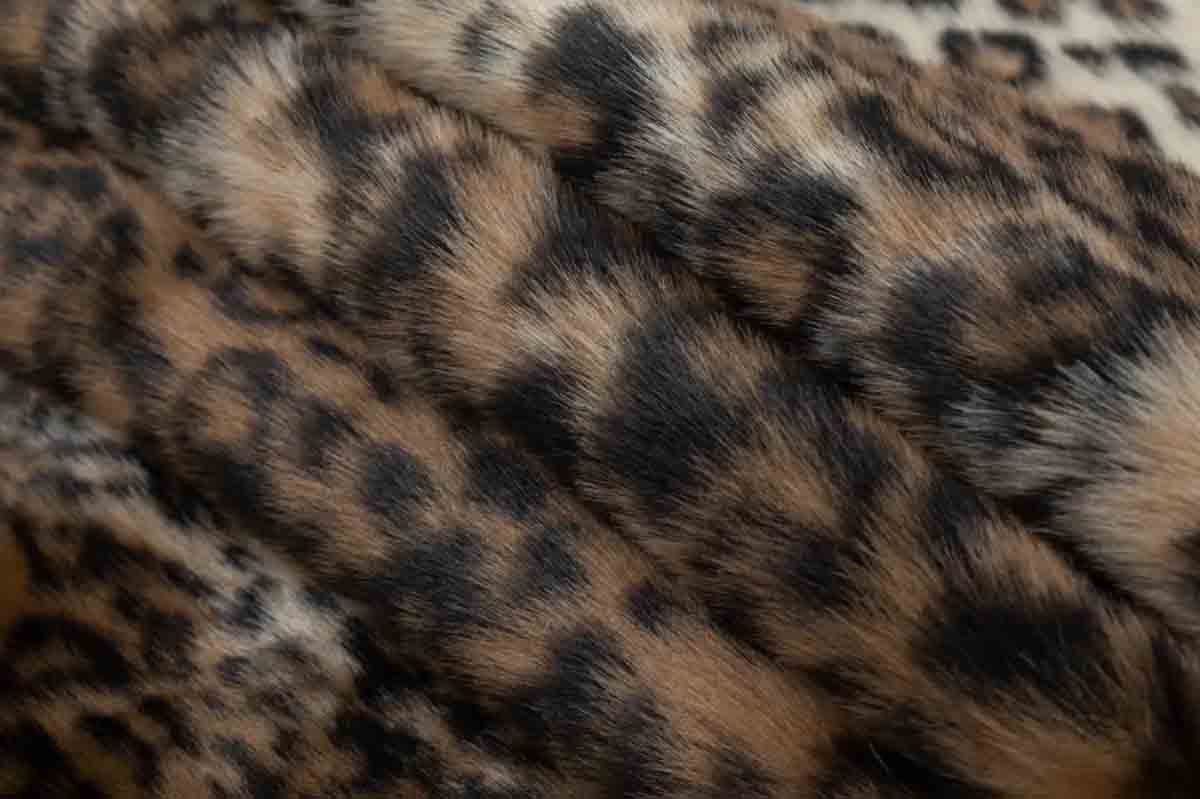
Faux fur is a more affordable alternative to real fur and is just as much a political statement as it is a fashion statement. These days faux fur clothing can be found at any department store or retail chain.
What Is Faux Fur Made Of?
Faux fur is typically made from synthetic fibers such as acrylic or polyester; essentially plastic. Speaking of plastic, there’s a battle being waged against single use plastics, in the fashion world particularly, with some brands opting to use recycled materials over plastic during production.
Although faux fur may be contributing to plastic in oceans and landfills, many argue that it’s a better alternative to real fur taken from animals.
Why Wear Faux Fur?
Faux fur is often worn as a statement piece. It’s bold and there’s no denying that it can keep you warm through the cold winters. There’s a reason that coats are lined with faux fur and parkas have it around the hood.
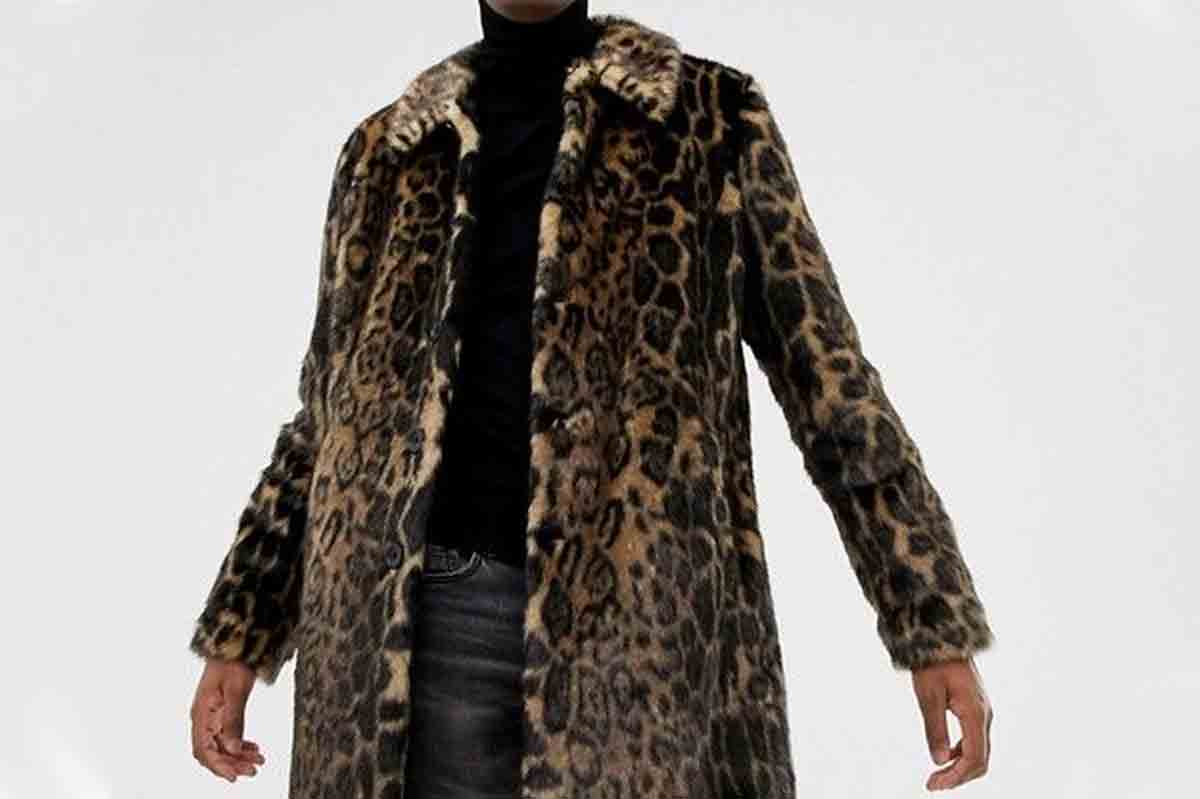
If you’re looking to make a statement this winter while keeping warm, faux fur is a piece that you’ll want in your rotation.
The Downsides of Faux Fur
Though real fur will get you in trouble with PETA, there are real concerns around faux fur as well. Faux fur is basically a brand and a business that oftentimes relies on harmful chemicals and cheap labor.
It’s not uncommon to find faux fur adorned jackets, coats and accessories in every luxury brands’ and fast fashion chains’ fall and winter collections — refreshed seasonally. This cyclical mass production and mass consumption has always been a concern, but is a discussion for another day.
3. FLEECE
Back to top ^
Fleece is a winter staple and one of the more popular fabrics used by the fashion industry. (I still can’t get that Old Navy Performance Fleece song from the 90s out of my head).
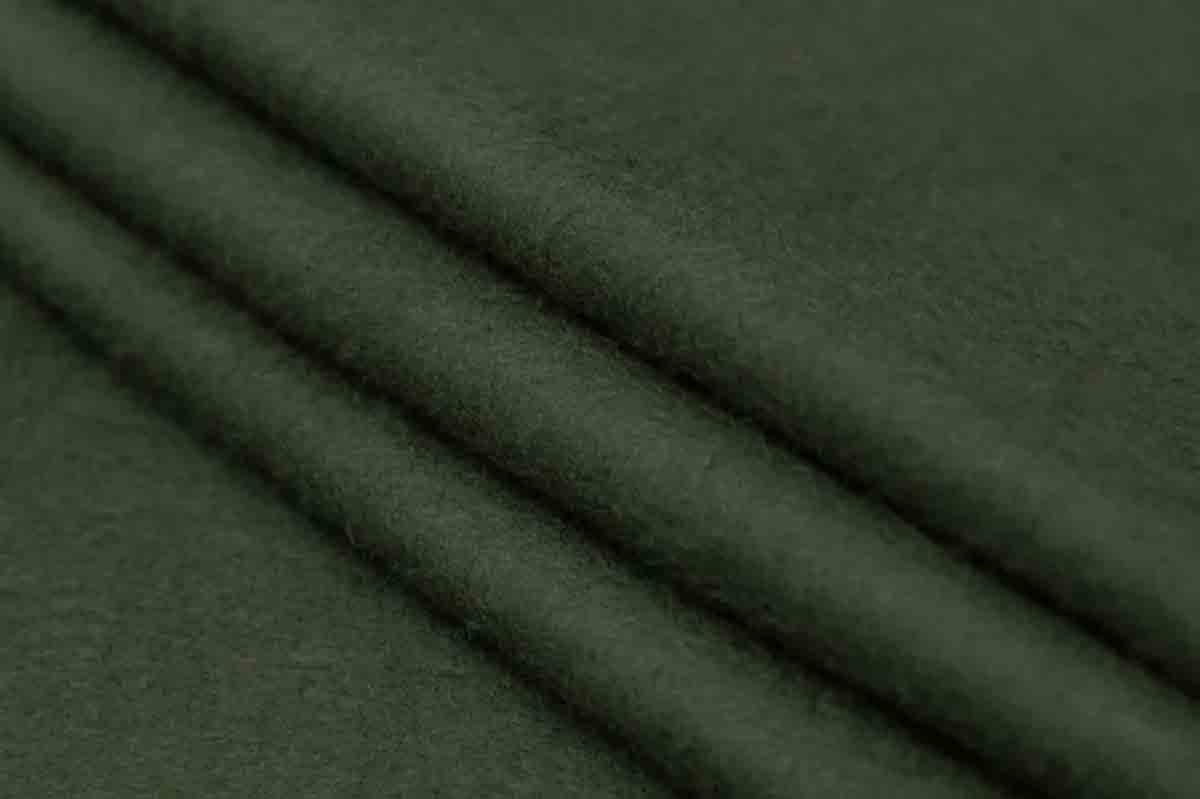
What is Fleece?
Fleece is a man-made fabric that’s similar in look and feel to the coat on a sheep. It’s a cozy and soft fabric that can not only keep you warm, but keep you looking stylish in the winter time. It’s breathable and fast drying, but isn’t water resistant.
What is Fleece Made Of?
Fleece is 100% synthetic, made of plastic rather than a warm fuzzy sheep’s coat. There are many brands like Everlane that produce fleece products (ReNew Fleece) made entirely of plastic bottles.
Why Wear Fleece?
If you want to keep warm, in style during the winters, fleece fabric is an excellent choice. It’s lightweight and breathable which allows for it to regulate body temperature.
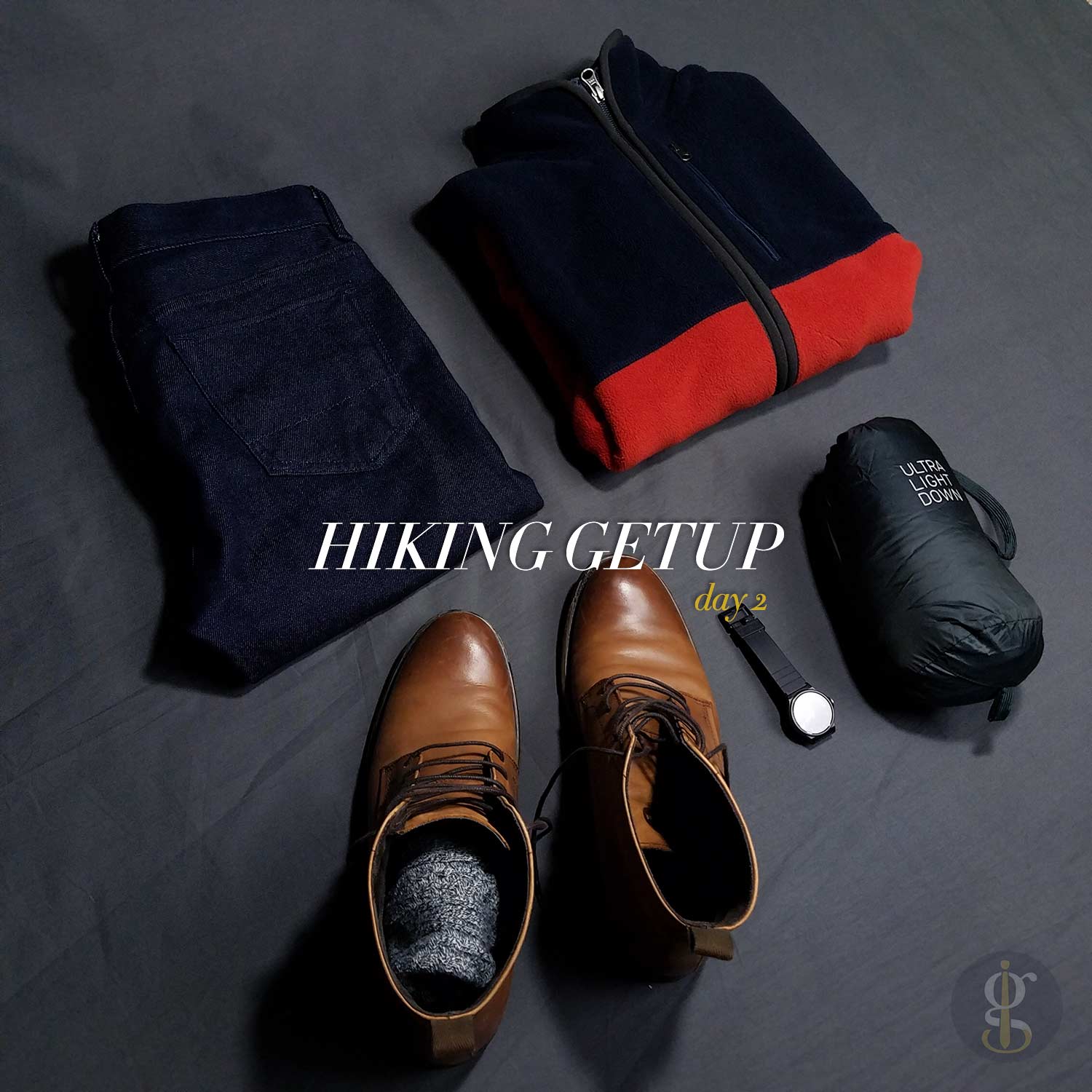 Fleece is great for hiking | What I Packed: Weekend Trip With The Boys
Fleece is great for hiking | What I Packed: Weekend Trip With The Boys
Besides being a warm and comfortable fabric to wear in the cold, fleece is relatively inexpensive compared to the other fabrics like natural wool, down or Primaloft. UNIQLO carries some fantastic fleece options for fall and winter.
Notably though, fleece doesn’t perform well when wet though as it loses its insulating ability.
How Sustainable is Fleece?
Since fleece is made from non-renewable resources (except when it’s made of recycled plastic) and needs chemicals to make it windproof or water resistant, its production can be bad for the environment.
But eco-friendly fleece products are trending more and more these days which helps to reduce the number of plastic bottles in our landfills and thus is a viable alternative to regular fleece.
Fleece vs Wool
Since fleece is more lightweight and softer than wool, it’s often the optimal choice for cold weather. Fleece is also not itchy compared with wool which is another selling point.
Fleece
- Lightweight
- Breathable
- Softer than wool
- Does not insulate well when wet
Wool
- All-natural and environmentally friendly
- Breathable
- Insulating even when wet
- Can be itchy
- Relies on natural resources
4. LEATHER
Back to top ^
Leather is a great year-round fabric, although in my opinion is best suited for spring or fall (here in the Northeastern United States) rather than winter or summer.
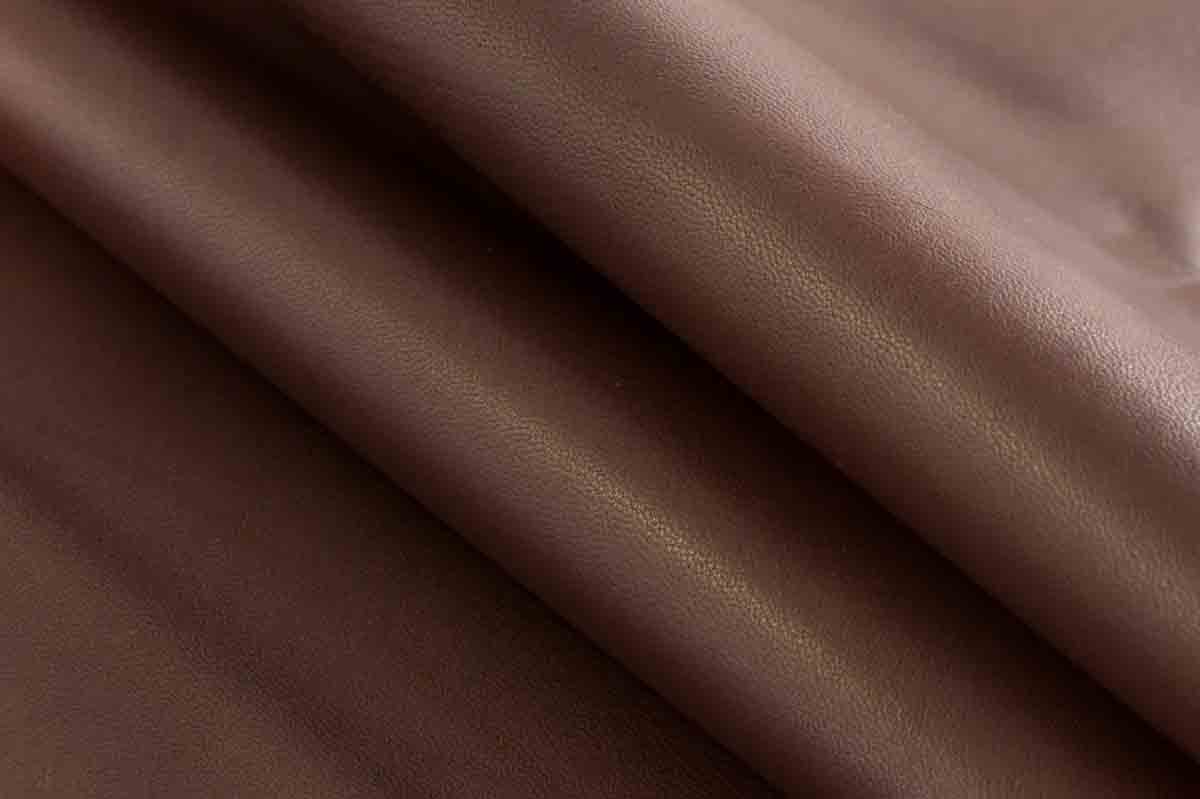
What Is Leather?
Leather is a durable textile that often gets better with age. Many full grain leather products develop a patina over time (like my minimalist wallet that I’ve had for 6+ years) which is a soft sheen that develops through the use and exposure of the leather. Patina is what gives leather goods its character and personality and is sign of the highest-quality leather.
What Is Suede?
 GET THE LOOK — Suede Bomber Jacket: Gioberti | Jeans: Banana Republic | Watch: Timex | Watch Strap: Ritche
GET THE LOOK — Suede Bomber Jacket: Gioberti | Jeans: Banana Republic | Watch: Timex | Watch Strap: Ritche
Suede is leather that’s made from the skin of animals such as lambs, goats, pigs, calves and deer. The alternative to suede is nubuck which is another form of leather that’s been sanded down, typically from cow’s skin. In menswear you can find suede in the form of bomber jackets and many boot styles.
Why Wear Leather?

Leather is not only durable and comfortable, but it’s also one of the most stylish materials in menswear. Additionally leather has the ability to form and mold to your body’s shape over time.
Leather can also perform well in cooler weather especially thicker leather of a leather jacket for example. Combined with other insulating fabrics, leather is a great fall/winter option that’s also the most stylish of all the fabrics in this guide.
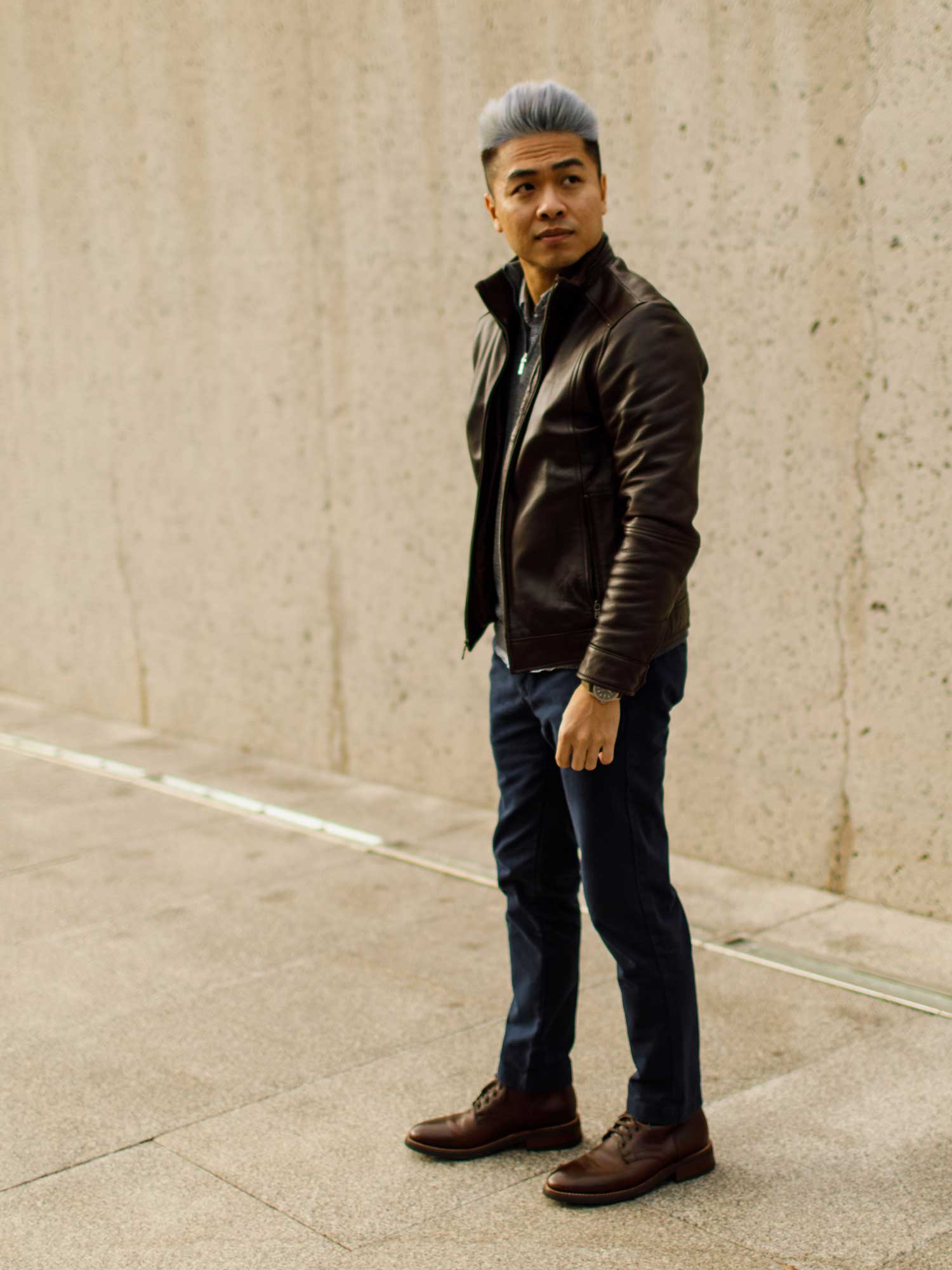 Me wearing one of my favorite jackets made with soft lambskin from New Zealand. | Smart Casual Winter Style
Me wearing one of my favorite jackets made with soft lambskin from New Zealand. | Smart Casual Winter Style
Lambskin leather has a soft texture that is warm and comfortable in cool weather and calfskin leather is tough and rugged while maintaining its shape better. Both are great options for fall and winter seasons.
Downsides of Wearing Leather
Leather comes from the skin of animals and reptiles like cows, bison and crocodiles. There are many who advocate against leather goods because of this. It’s a similar issue with wool which comes from sheepskin.
The animal-friendly alternative to leather is faux leather which doesn’t come from animals, instead synthetic products like plastic are treated with wax, dye or polyurethane to replicate the color and texture of real leather.
Quick note: If you’re enjoying this fall and winter fabrics guide, then you’ll probably find my other writing on all things men’s style useful. Each week, I share updates, style tips and other things not shared on the blog through my free email newsletter.
To join now, just enter your email address below and click “Get Updates!”
5. SILK
Back to top ^
Wondering why such a thin and flowy fabric like silk is on this list? Lets breakdown why silk is a practical player in the winter and fall fabric lineup.
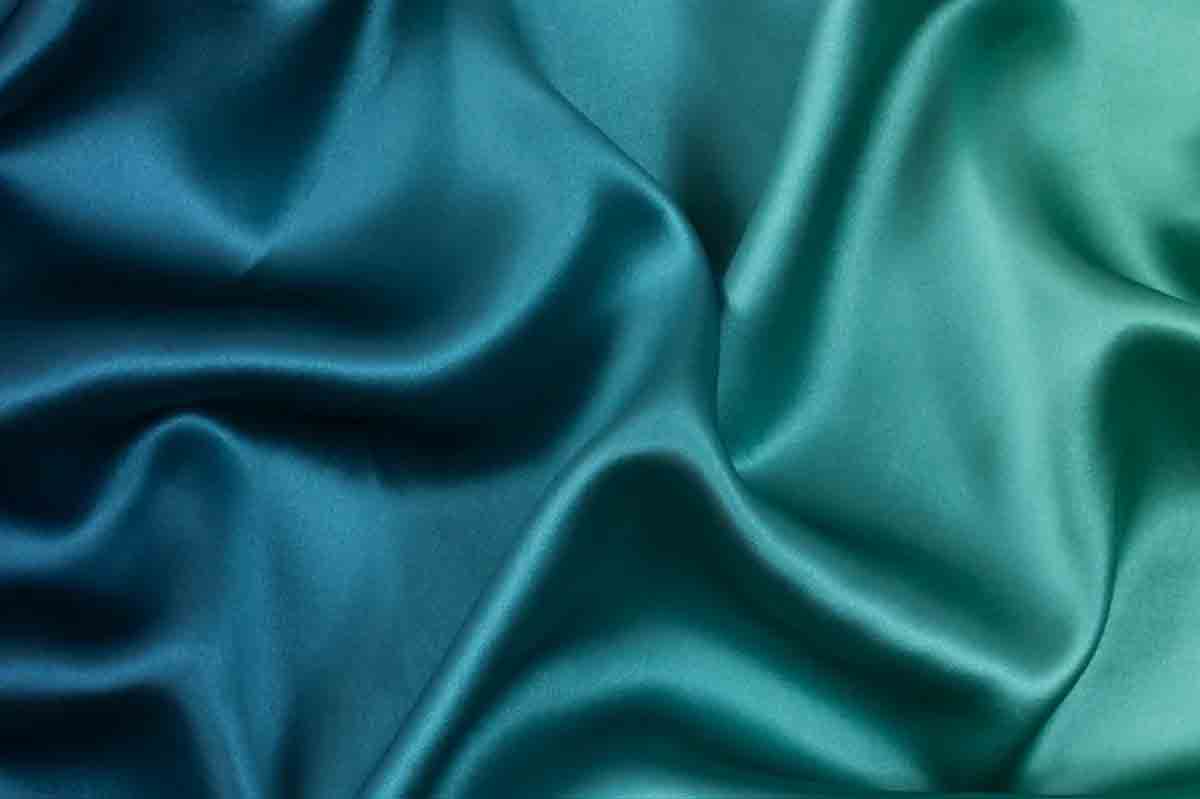
What Is Silk?
Silk fiber is composed of the silkworm insect. Silk is a highly breathable fabric that’s commonly used in evening wear, robes, lingerie, suits and sportcoats.
It’s prized due to its softness and has a history of building legendary trade routes, transforming cultures throughout the Old World. In fact, it just so happens that silk is the strongest natural textile in the world.
The country where the fabric was first produced was China and till this day China is the biggest exporter of silk fabric.
How Is Silk Made?
Here is a 7 step process that breaks down the production of silk today:
- Silkworm cocoons are harvested and exposed to high heat
- The cocoons are unraveled by a silkworker
- The silk strands are then loaded onto a reel in order to make a continuous string
- Silk workers then twist the long strings together to make yarn
- The silk is then put through a roller for uniformity
- Silk is then dyed by textile manufacturers
- Finally, the yarn is ready to be woven into a finished product
You can watch the video below for a quick rundown on how silkworms make silk.
[TAG26]
Why Wear Silk?
Silk has insulating properties that make it a fantastic base layer and overall good cooler weather fabric. It’s a terrible summer fabric because it will stick to your skin, but in the winter it will keep you warm and still be breathable, though not as breathable as merino for example.
Furthermore, the warmth to weight ratio of a silk thermal can’t be beat. Silk is a great choice for layering under your heavier mid and top layers. Another reason why it makes for such a good base layer is because how comfortable silk is against the skin.
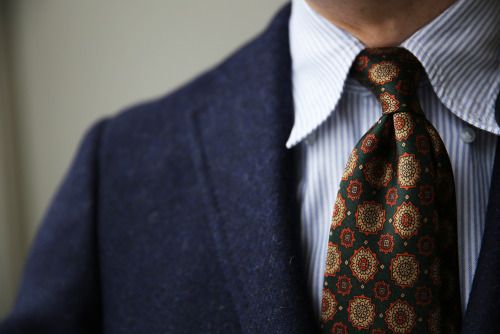 Silk neckties are a staple in any stylish man’s closet.
Silk neckties are a staple in any stylish man’s closet.
Though many silk garments are dry clean only, silk can be washed delicately. Just avoid the dryer as the heat will damage the fabric. If you machine or hand wash, it’s recommended to lay silk flat to dry.
Downsides of Silk
While silk is a renewable resource and doesn’t have a big impact on the environment, many fashion brands believe that wearing silk is unethical and so they’ve banned its production in the creation of their garments.
Under pressure from animal-welfare group PETA, fast fashion companies like ASOS, Zara, and H&M have ditched products using mohair, cashmere, silk, feathers, bone, horn shell and even silk.
The question is, do silkworms feel pain? One that PETA believes yes, and so they are naturally against any type of textile production where animals and even insects are harmed.
6. COTTON
Back to top ^
Cotton is by far the most used fabric for clothing, it’s the quintessential four season fabric. There’s a reason why a basic cotton t-shirt is a style staple.
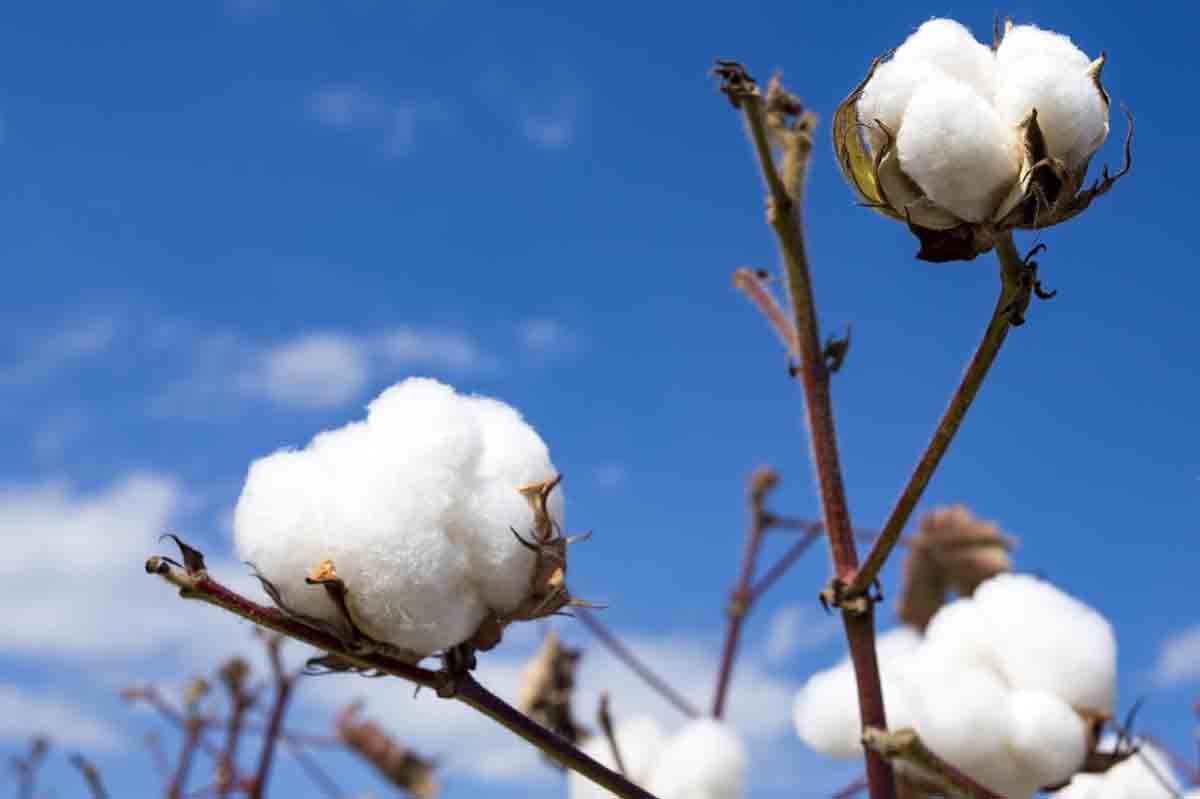
While cotton is not commonly thought of as a cold weather fabric, there are instances where cotton fabric is appropriate.
Why Wear Cotton?
Cotton tees are a staple piece in a man’s wardrobe. For fall especially, a long sleeve cotton tee makes for a casual yet stylish layer that you can wear on its own or under a quilted vest.
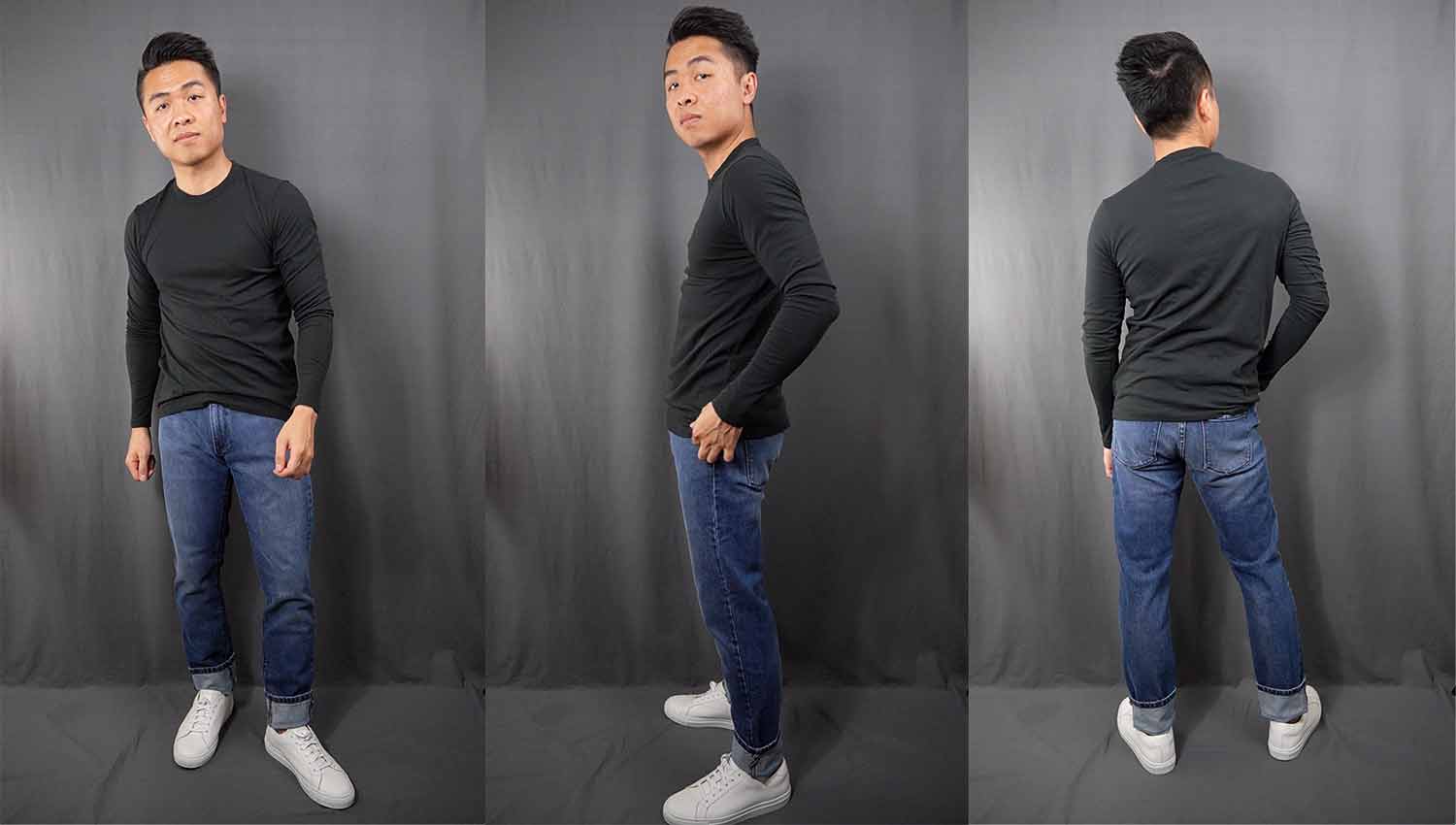 GET THE LOOK — Mott & Bow Skinny Jeans | Mott & Bow Long Sleeve Tee | Ace Marks Leather Sneakers
GET THE LOOK — Mott & Bow Skinny Jeans | Mott & Bow Long Sleeve Tee | Ace Marks Leather Sneakers
Cotton is durable and typically thin, but can also be made thicker which is more appropriate for cooler weather. Cotton twills particularly, are a stylish and durable alternative to jeans’ rough texture.
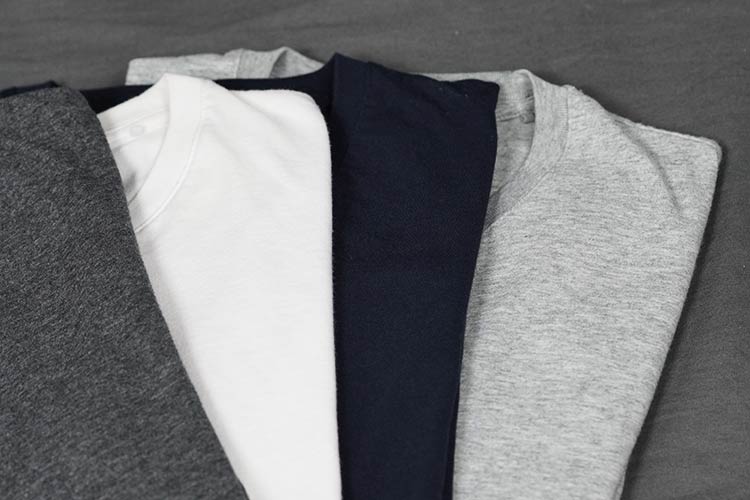 4 of my UNIQLO Supima cotton t-shirts in neutral colors.
4 of my UNIQLO Supima cotton t-shirts in neutral colors.
Additionally, there’s a type of cotton called Supima cotton. Supima is a brand of cotton that’s made in the US and represents less than 1% of cotton grown in the world. It’s unique due to its extra long fibers that contribute to its premium properties, strength and softness. Supima cotton is a great year-round fabric.
Downsides of Wearing Cotton
Cotton is moisture absorbent and so it’s not the best choice for cold weather simply because it will actually make you colder if it gets wet or if you’re wearing it as a base layer and you start sweating.
Of course you’ll always want to wear a fabric that is moisture wicking as a base layer close to your skin and that’s usually not cotton. All in all though, I couldn’t leave cotton off this list because it is a fabric that’s worn year round from the hottest summers to coldest winters.
7. CORDUROY
Back to top ^
Corduroy is sometimes referred to as “poor man’s velvet.” This wavy textile first became popular in France and England in the 1700s, where it was named corde du roi or “cord of the king.”
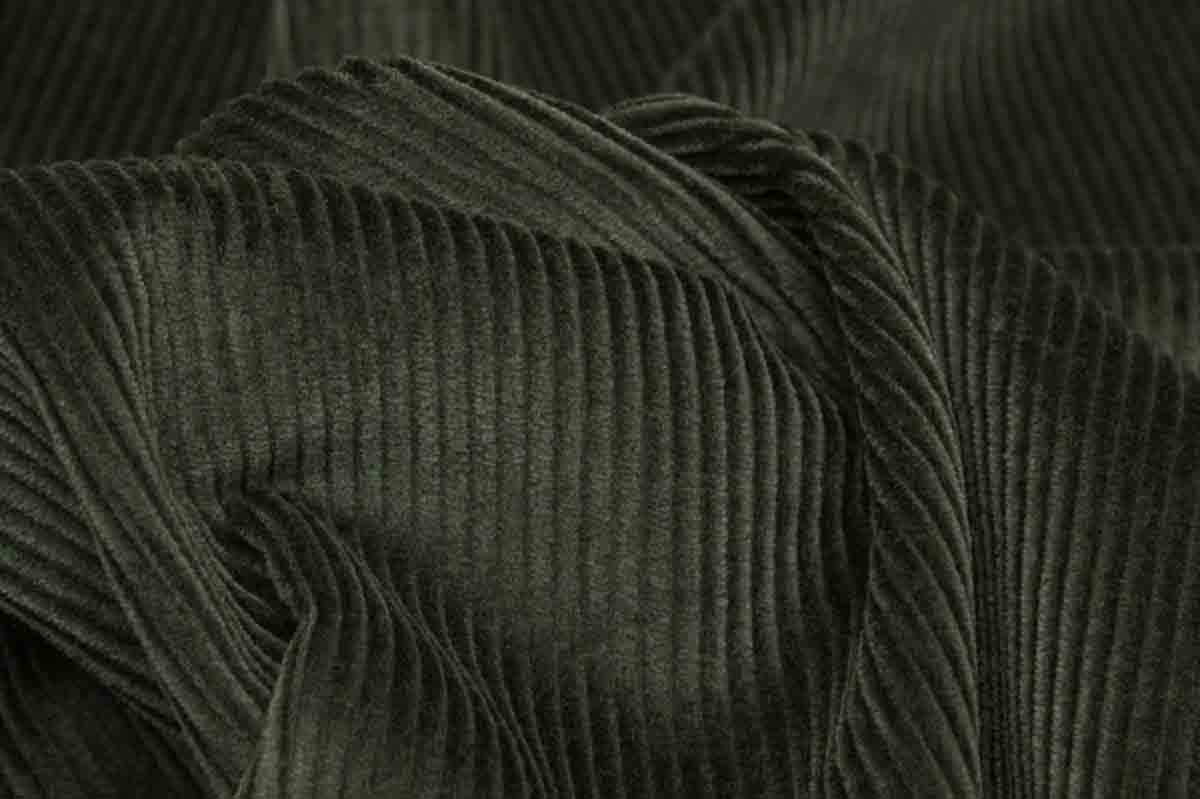
What Is Corduroy?
It’s a soft and durable fabric that’s distinguished by thin or thick ridges called wales that run the length of the fabric. It’s made of pile-cut yarn that’s been woven and cut into cords/wales.
Why Wear Corduroy?
Corduroy has never been considered the most fashionable fabric, but it’s been having a bit of a moment in menswear. If we look back to 1982, famed fashion designer Gianni Versace created an entire line of men’s clothing in corduroy.
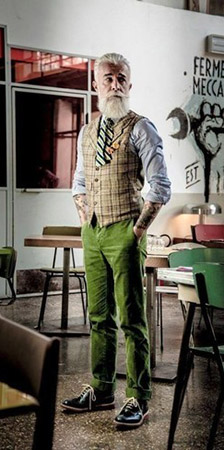
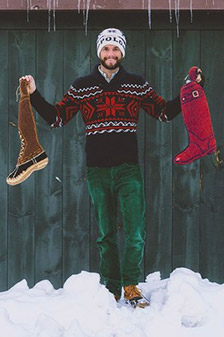
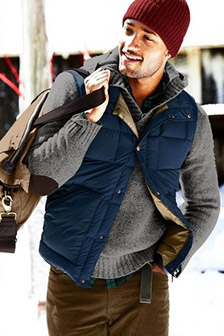


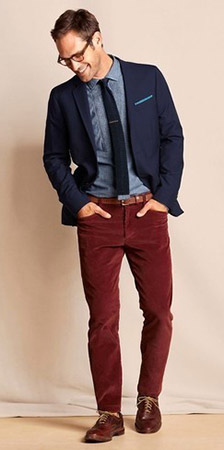
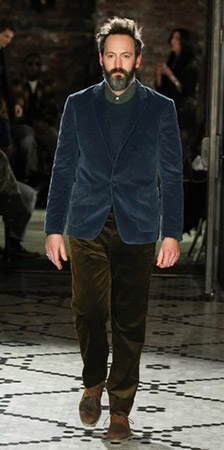
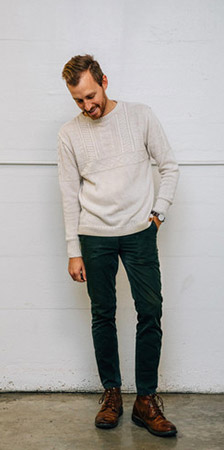
Today cords are a popular choice for trousers in the cooler autumn and cold winter weather. Not only can you find corduroy pants at virtually every major fashion retailer, but brands (Spier & Mackay, Banana Republic) are now making more blazers and sport coats with the endearing fabric. This Sussex jacket from J.Crew has a corduroy lined collar that’s both functional and stylish.
Ultimately, corduroy is not only functional, but stylish if worn the right way. It’s the perfect winter fabric that is thick enough to keep you warm, soft enough to keep you comfortable and textured enough to keep you stylish.
8. DOWN
Back to top ^
Down is synonymous with cold winters. It has a higher warmth to weight ratio than synthetic fabrics like PrimaLoft, making it perhaps the best choice for the coldest of conditions.
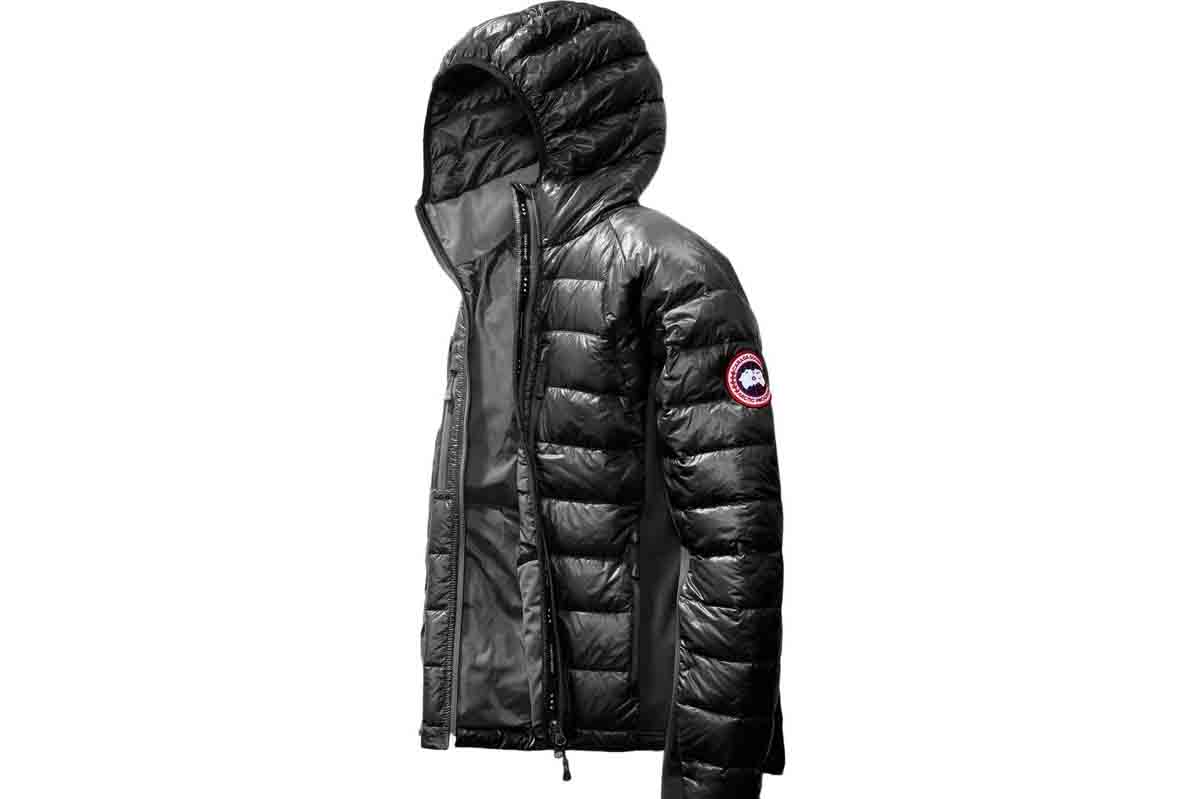
What Is Down?
Down is a natural type of insulation that is derived from the undercoat of waterfowl like geese and ducks, not their actual feathers. Safe to say that down is one of the best insulators hands down (no pun intended) mainly because of its incredible ability to trap heat all the while remaining ultra-lightweight.
Why Wear Down?
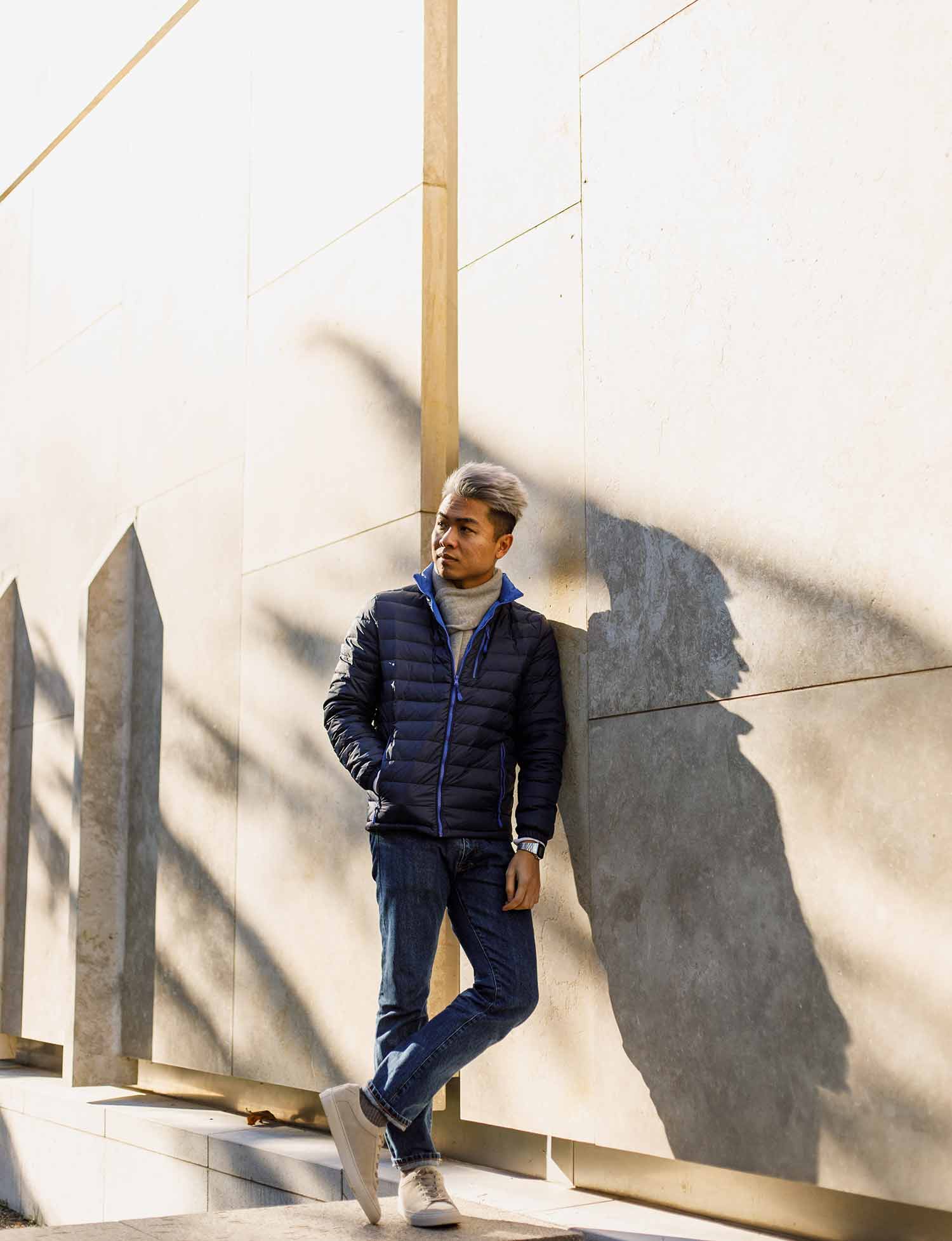 The down jacket isn’t just warm, it can be stylish too.
The down jacket isn’t just warm, it can be stylish too.
Down is perfect for cold, dry climates where you’re looking to reduce weight and save space. Down can be ultra-light and easy to compress. It’s also quite durable with proper care, although there’s always the issue of loose down to deal with especially the more you use your jacket/coat or sleeping bag.
The Downsides of Down
Down tends to lose its loft when it gets wet and so it’s not the best type of coat or jacket to wear in wet conditions. Another issue people have with down is more of an ethical concern. Since it’s a natural fiber that comes from geese and ducks, many are worried about the well being of the birds that the down comes from.
Popular Down Jacket Brands
9. SYNTHETICS (PRIMALOFT)
Back to top ^
I’m going to refer to synthetic fibers and primaloft (a popular synthetic) interchangeably here. Synthetics like PrimaLoft has strong performance in cold conditions and is not as expensive as down.
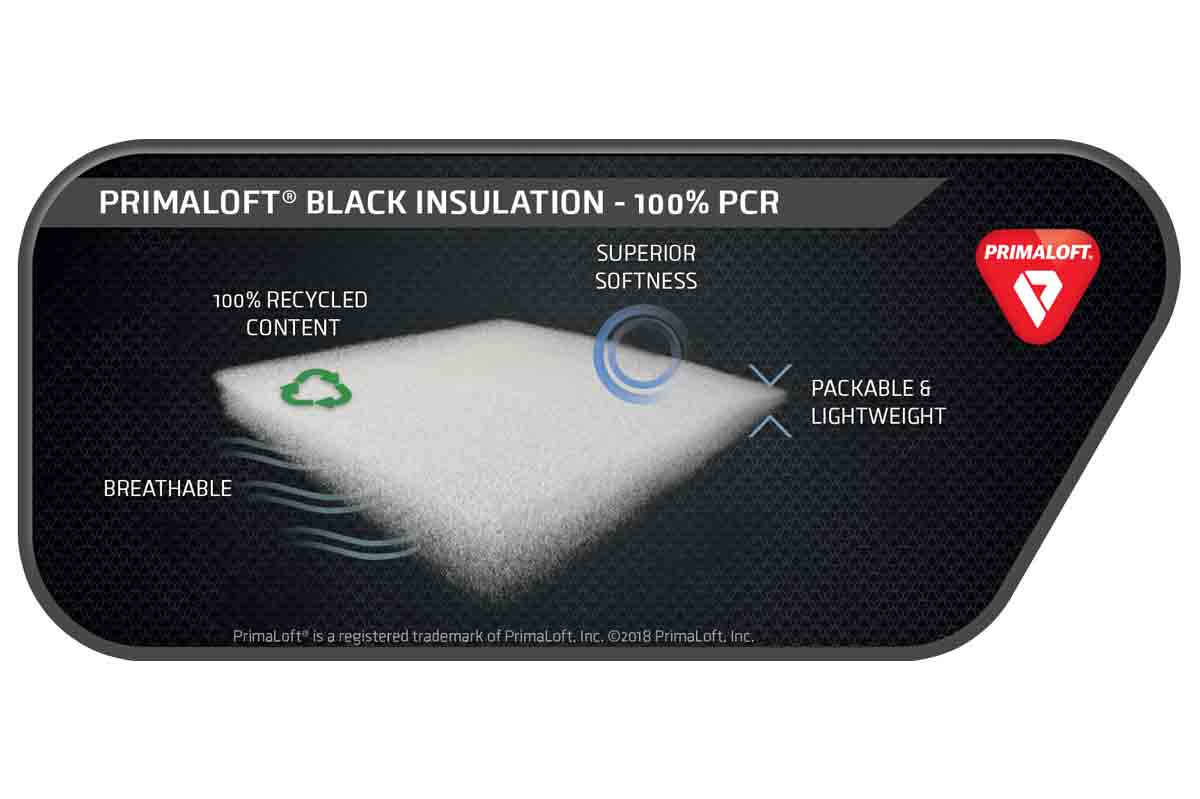
What Is PrimaLoft?
PrimaLoft is made from polyester (which is great for winter), synthetic fill that is ultra-insulating, quick to dry and still has the ability to insulate even while wet. PrimaLoft is also hypoallergenic like down. It is however often heavier and bulkier than down and less warmth to weight compared with down.
Why Wear PrimaLoft?
If you’re out and about in cold and rainy conditions, PrimaLoft is an excellent option. It will not only keep you warm, but dry as well, something that down can’t do. When it comes to down alternatives, PrimaLoft is one of the best.
Popular Synthetic Fibers
Here are some popular warm tech fabrics to keep a lookout for this winter:
- Smartwool (enhanced merino wool)
- UNIQLO HeatTech (lightweight synthetic fiber)
- 3M Thinsulate (extremely thin, anti-odor synthetic fibers)
- Northface Thermoball (PrimaLoft synthetic microfiber, down alternative)
- Polartec Thermal Pro (synthetic polyester fleece knit)
- Under Armour ColdGear Infrared (micro-fleece thermo-absorption)
- Arc’teryx Coreloft Insulation (polyester fibers)
- Icebreaker BodyFit Zone (merino wool/lycra, similar to spandex)
DOWN VS PRIMALOFT
Down insulation vs or PrimaLoft (aka synthetic)? That is the question. There are quite a few differences in warmth, performance and price which we’ll quickly touch on below.
Warmth
Both down and PrimaLoft are superb insulators and so you can’t go wrong with either one. But if you had to choose one, down is the best insulator mainly because of its lighter weight and ability to compress and save space.
Performance
Both down and PrimaLoft perform well in cold conditions with PrimaLoft performing better in wet and rain as mentioned above. Down tends to lump and loses its insulating ability when wet. And it takes a long time for down to dry, whereas PrimaLoft is often water resistant and able to stand up to wet weather.
When it comes to durability, however, down will have more longevity simply because down jackets are made with higher quality fabrics, hence the higher price tag.
Price
Synthetics like PrimaLoft are a bit less expensive than down, but not by much. Overall, both are rather expensive compared to some of the other fabrics in this guide, except leather.
In The End
Down or PrimaLoft — the choice is up to you. Both are fine candidates for your next piece of outerwear. You can even combine both down and synthetic fibers for the best of both worlds.
CONCLUSION
There you have it, over 4,400 words all about fall and winter fabrics, why they’re worth wearing and their downsides.
I hope you found this educational and enjoyed it as much as I enjoyed putting it together.
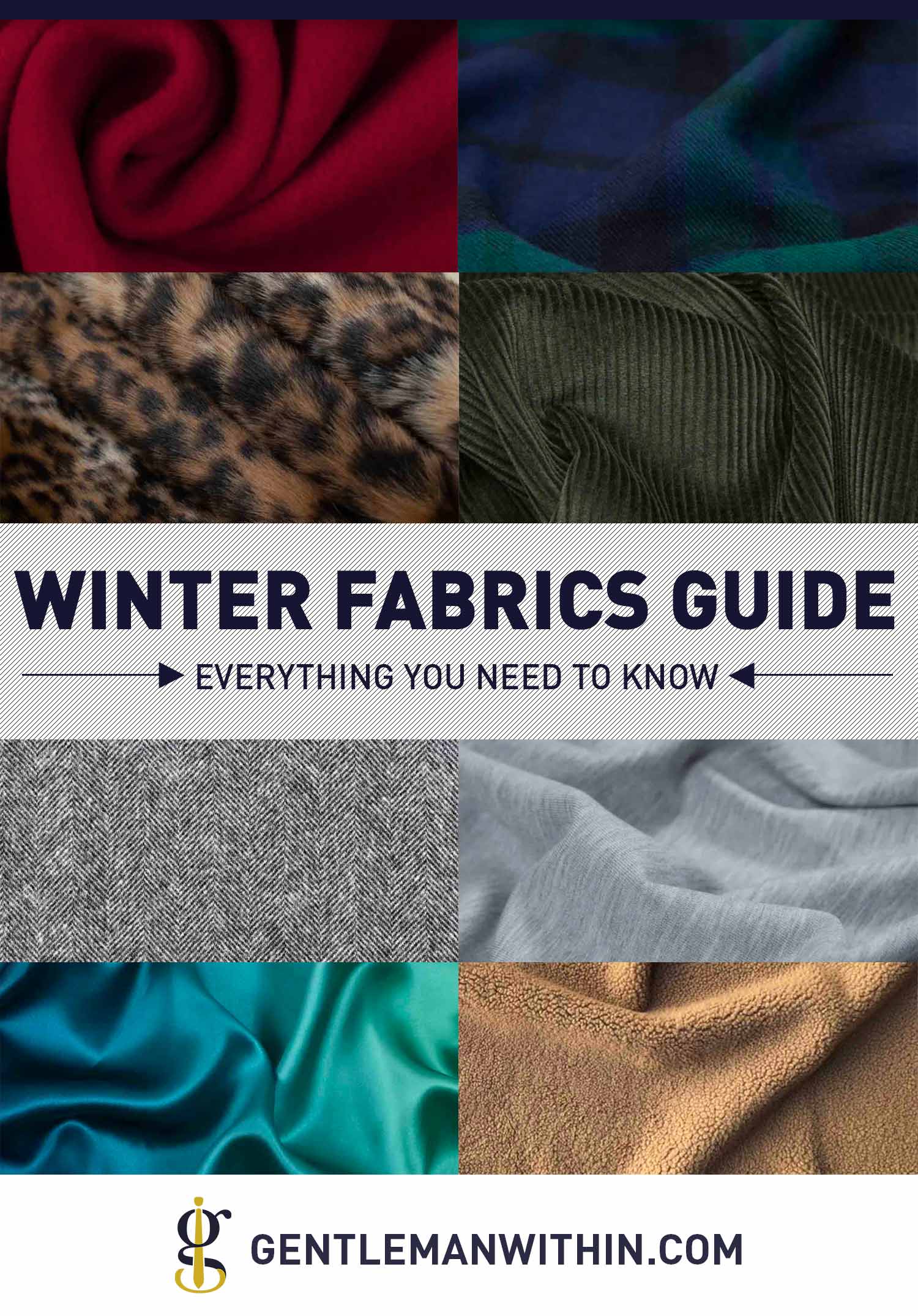
What fall/winter fabrics are you looking to incorporate into your style?
Let’s continue the discussion over in the Gentlemen Within Private Facebook Community.
Looking forward to seeing you in there.
The post Fall & Winter Fabrics Guide (Everything You Need to Know) appeared first on Gentleman Within.
https://www.gentlemanwithin.com/fall-winter-fabrics-guide/
 Backyard GrillingWeekend WarriorsAdvice from DadBeard GroomingTV Shows for Guys4x4 Off-Road CarsMens FashionSports NewsAncient Archeology World NewsPrivacy PolicyTerms And Conditions
Backyard GrillingWeekend WarriorsAdvice from DadBeard GroomingTV Shows for Guys4x4 Off-Road CarsMens FashionSports NewsAncient Archeology World NewsPrivacy PolicyTerms And Conditions
